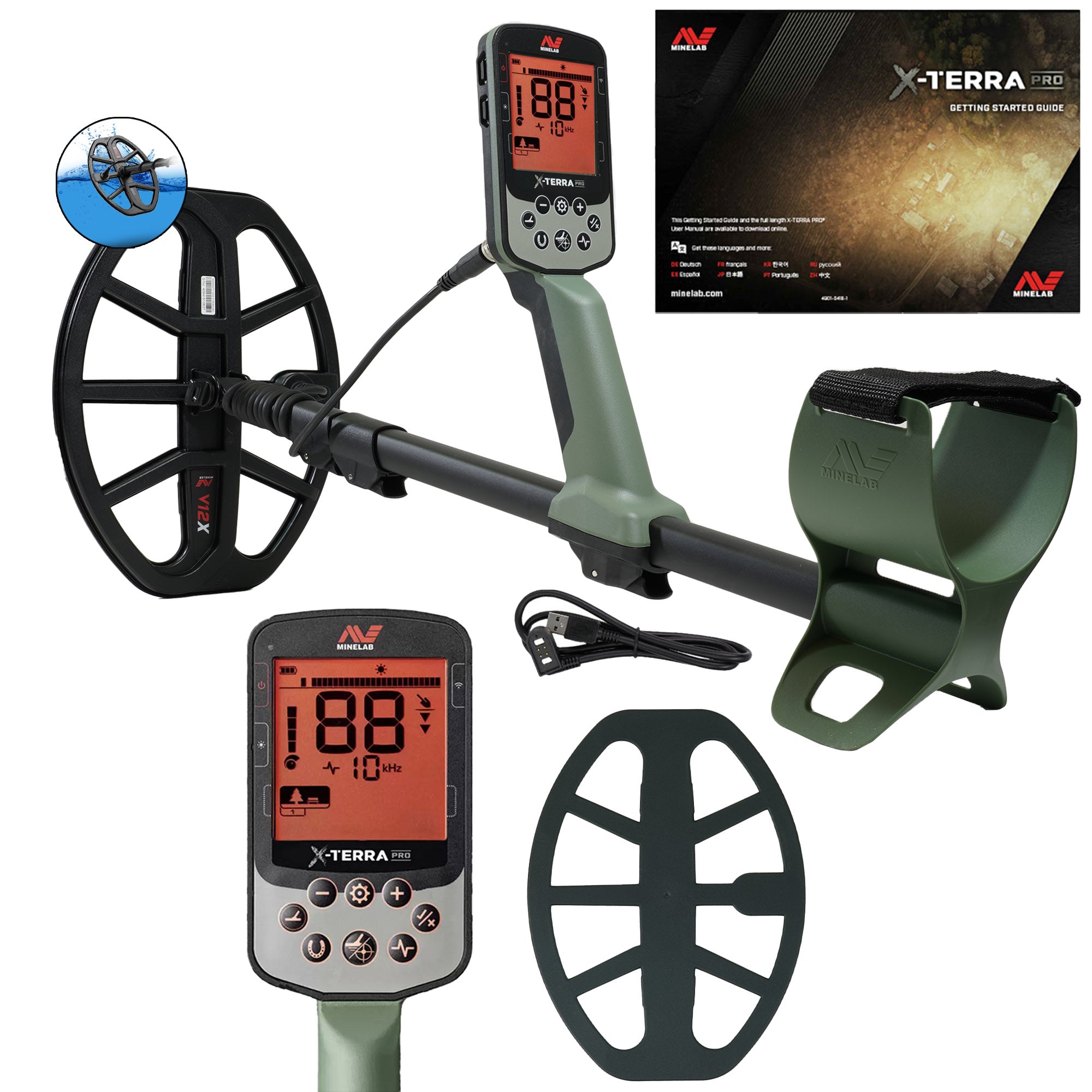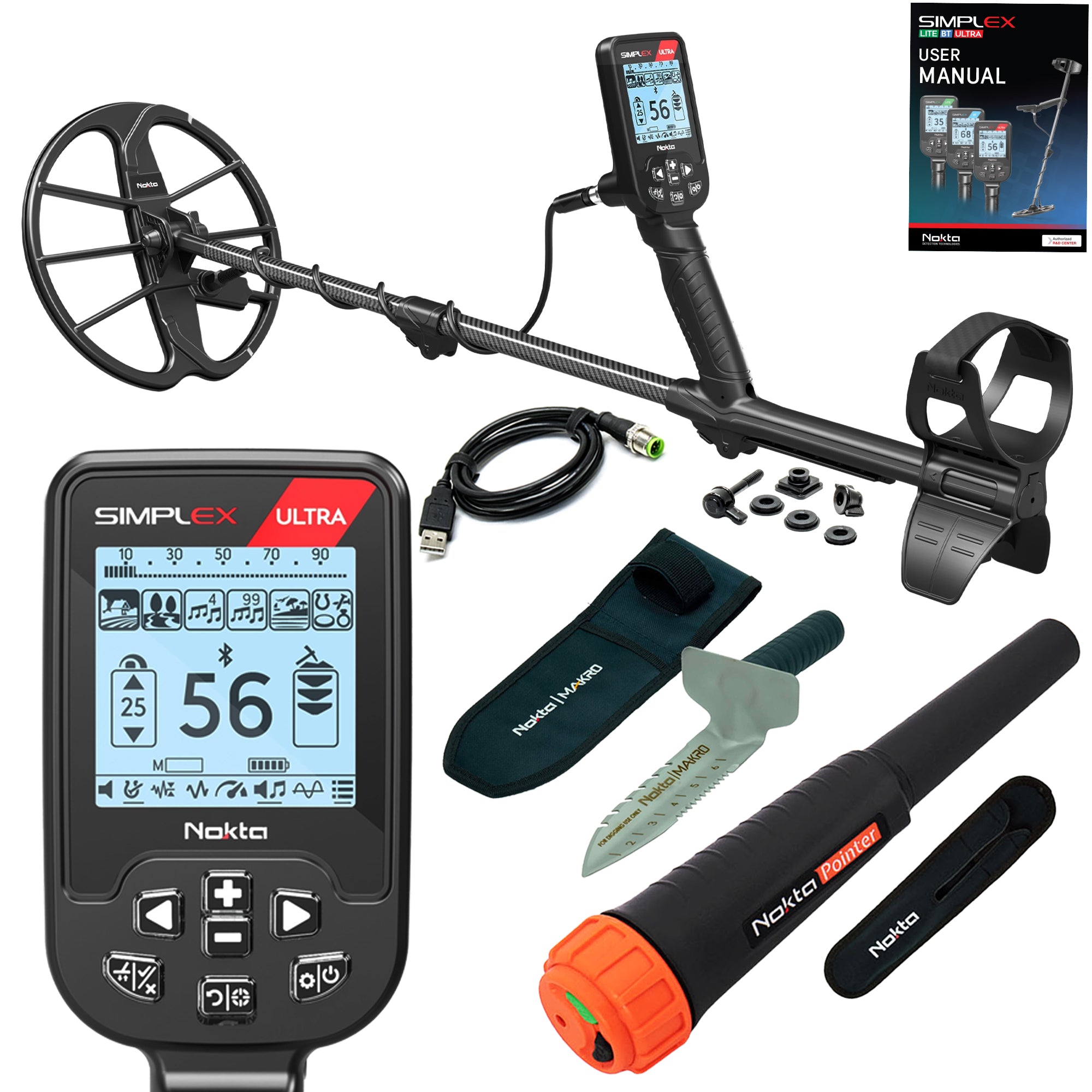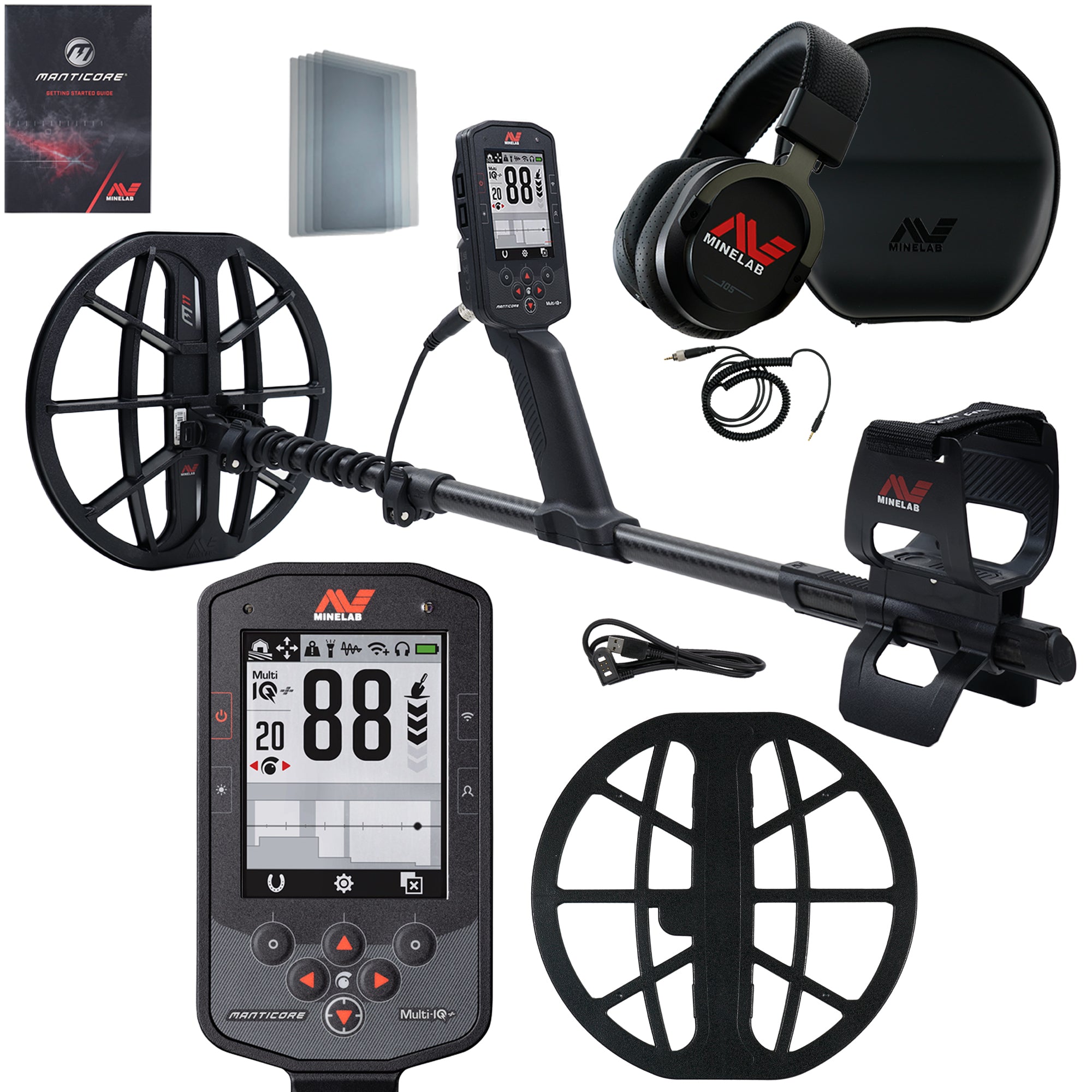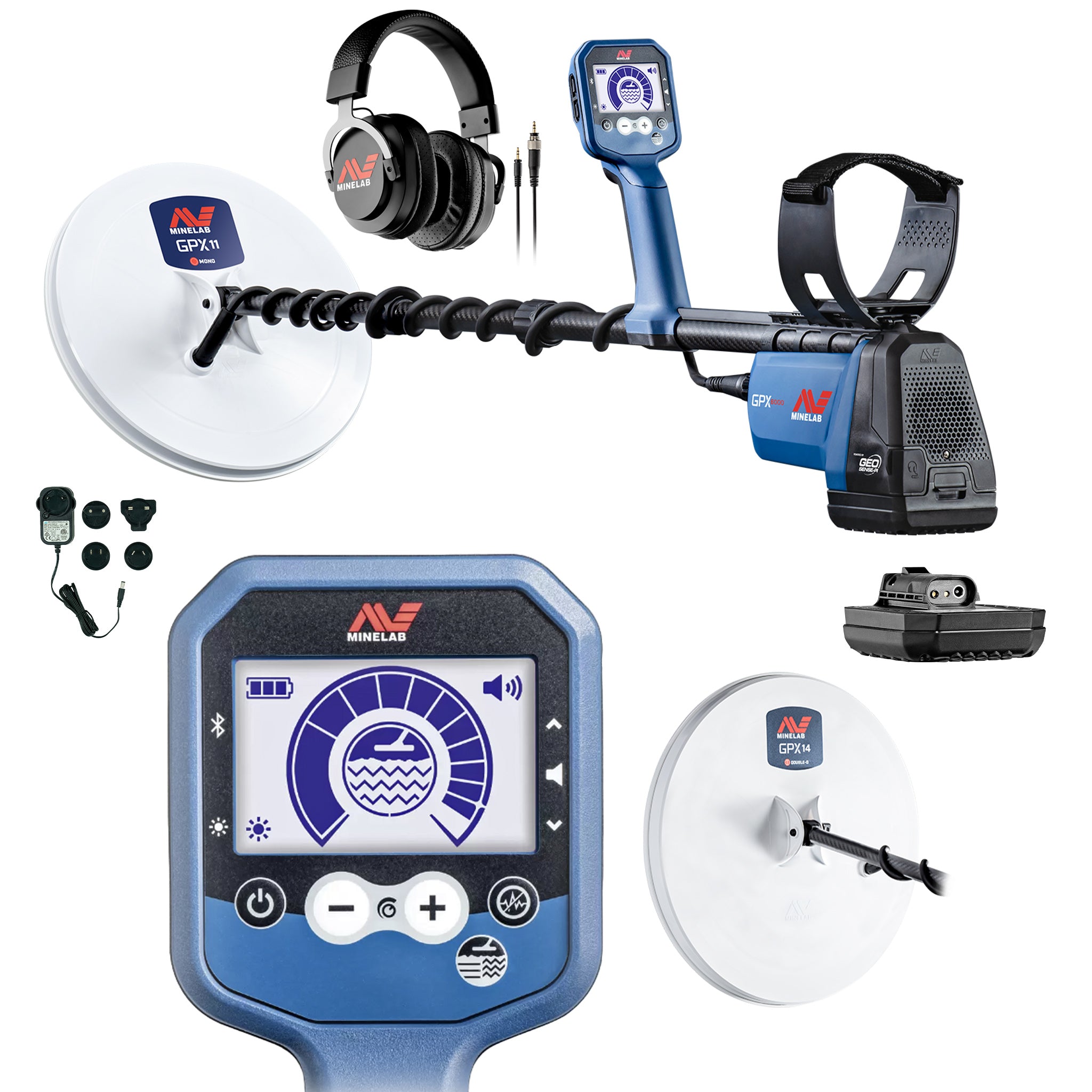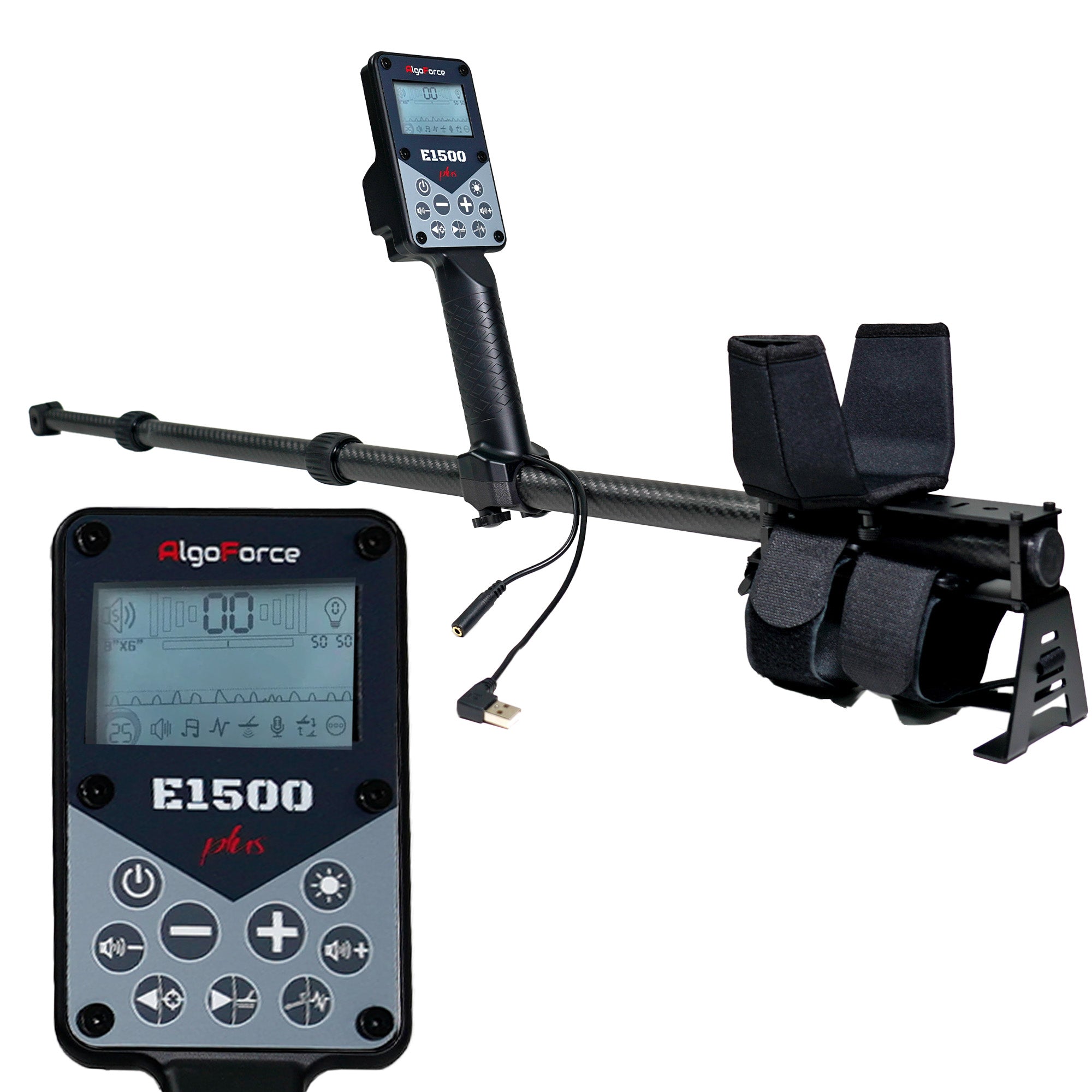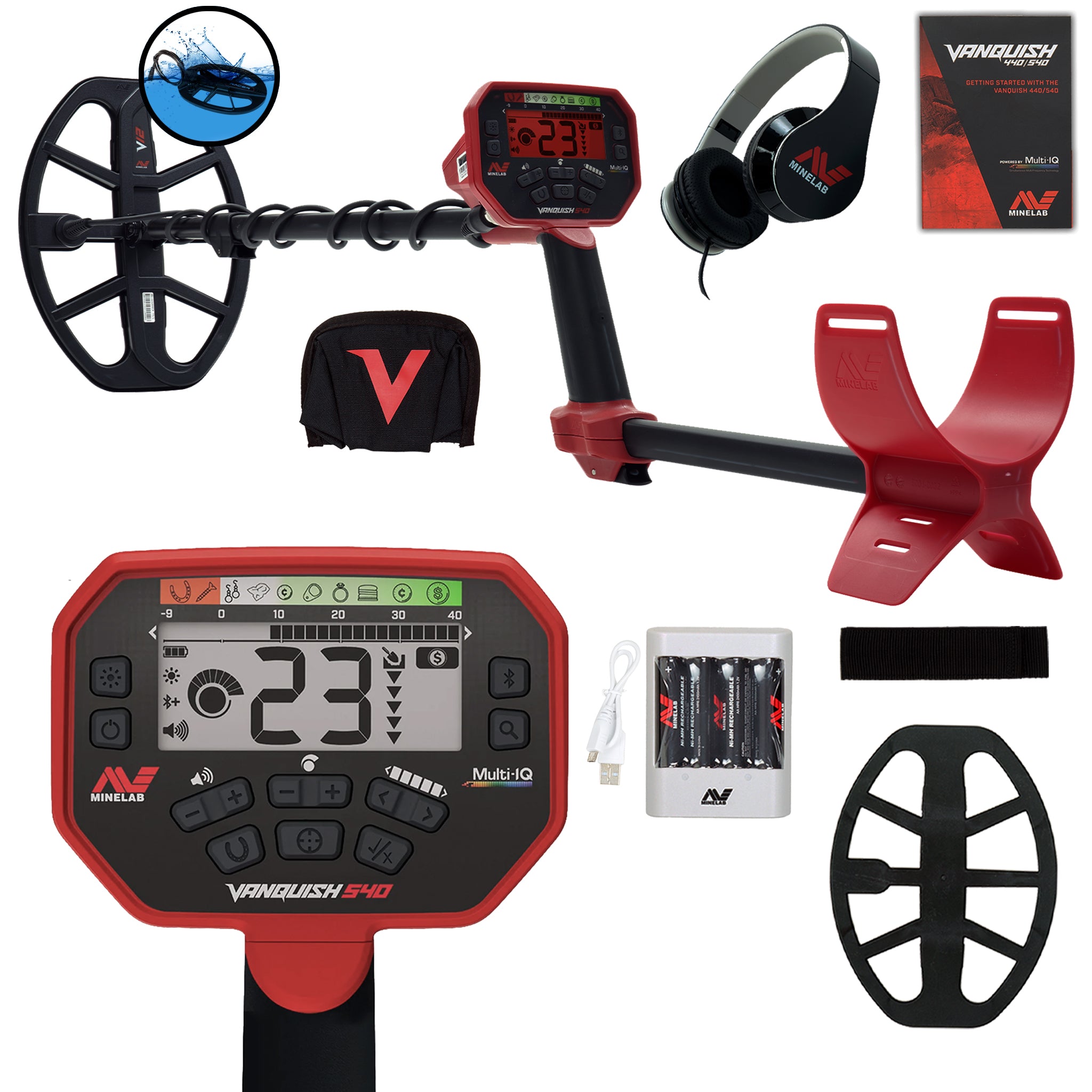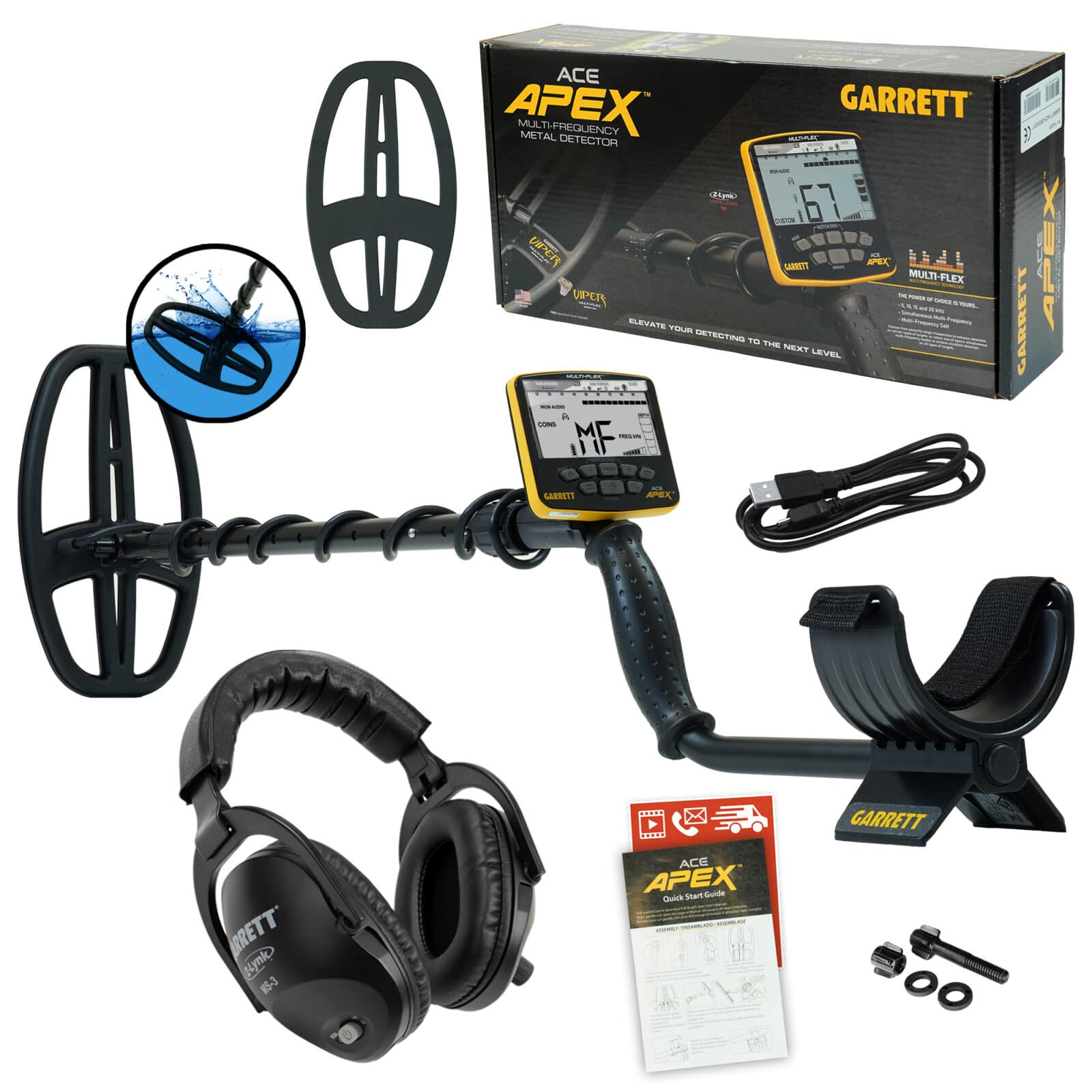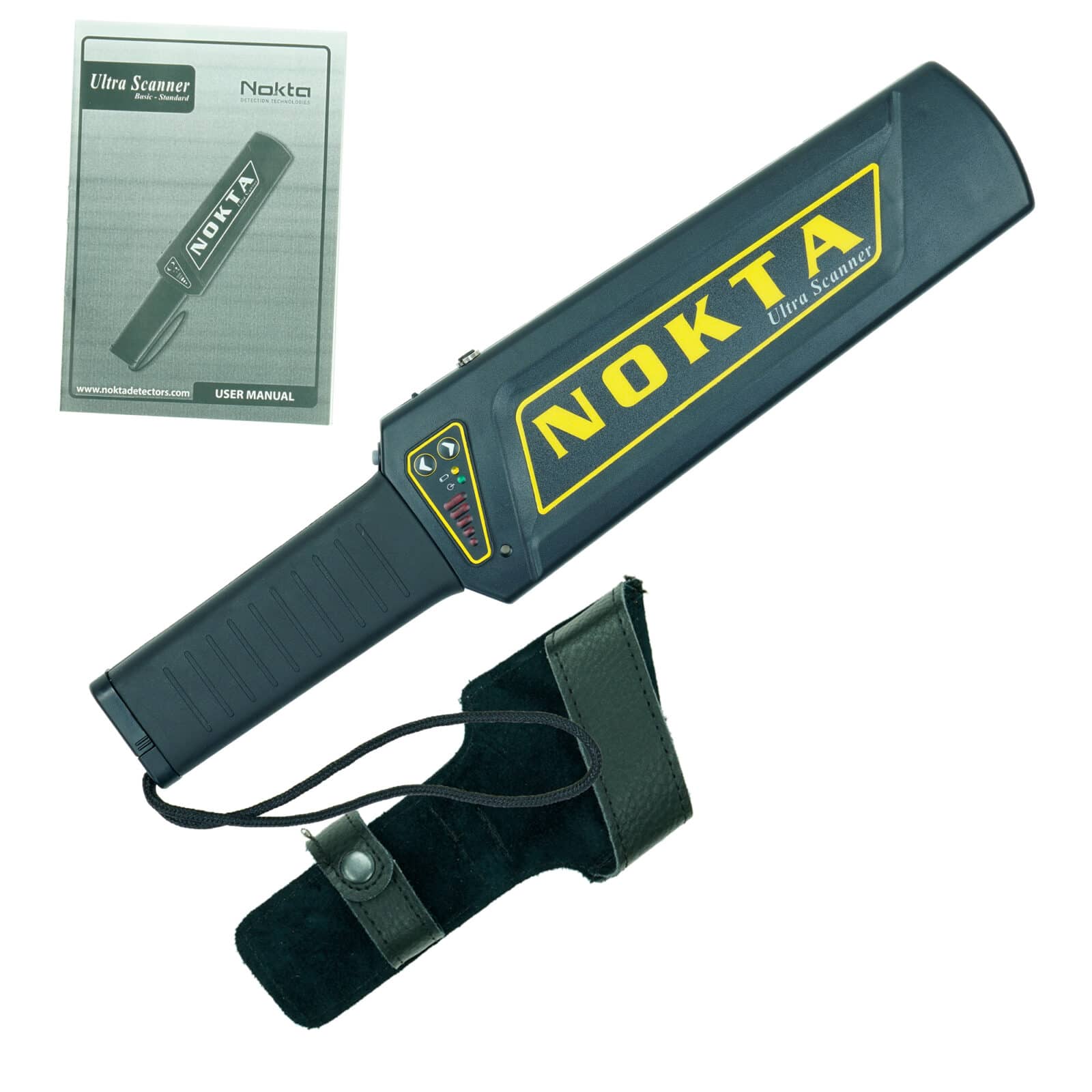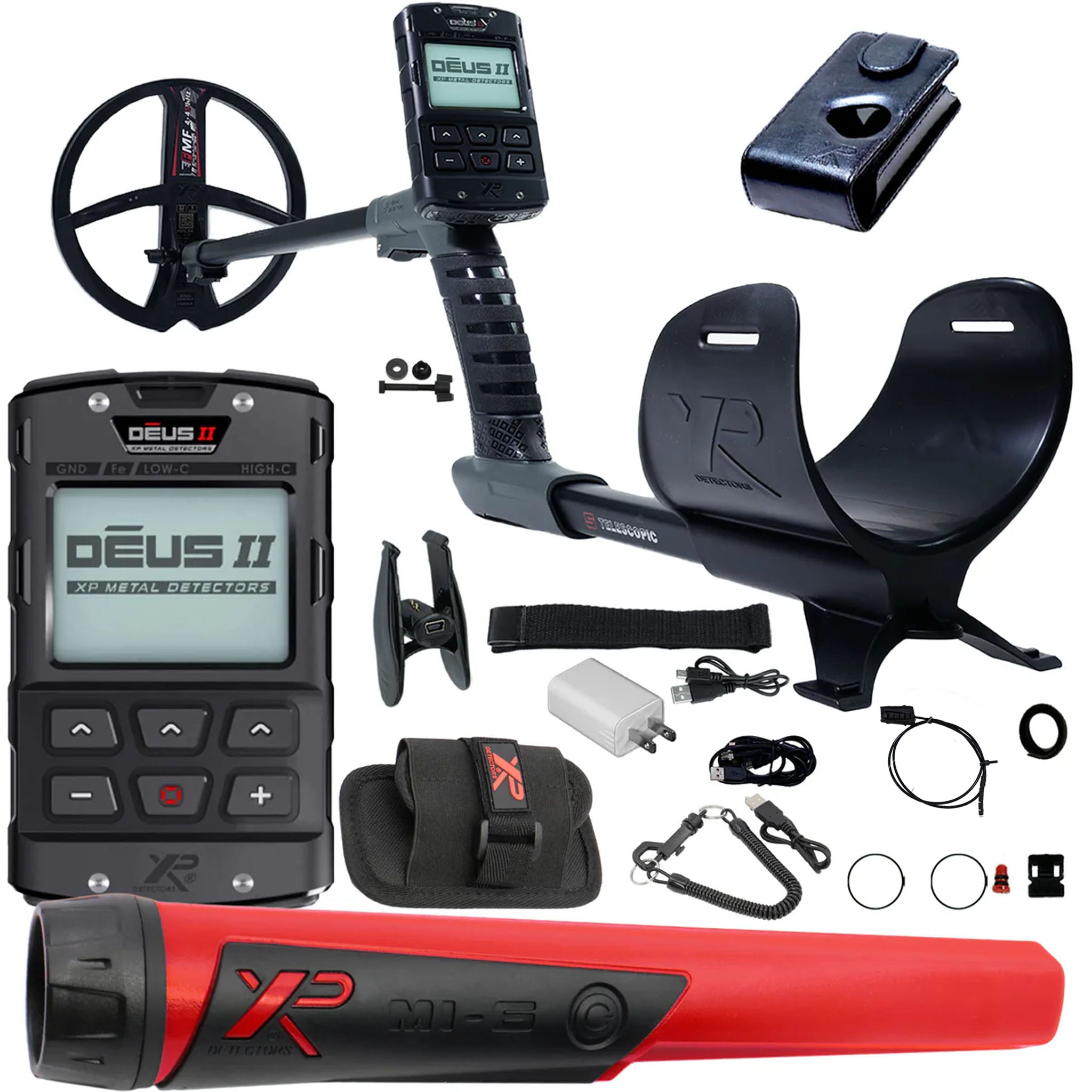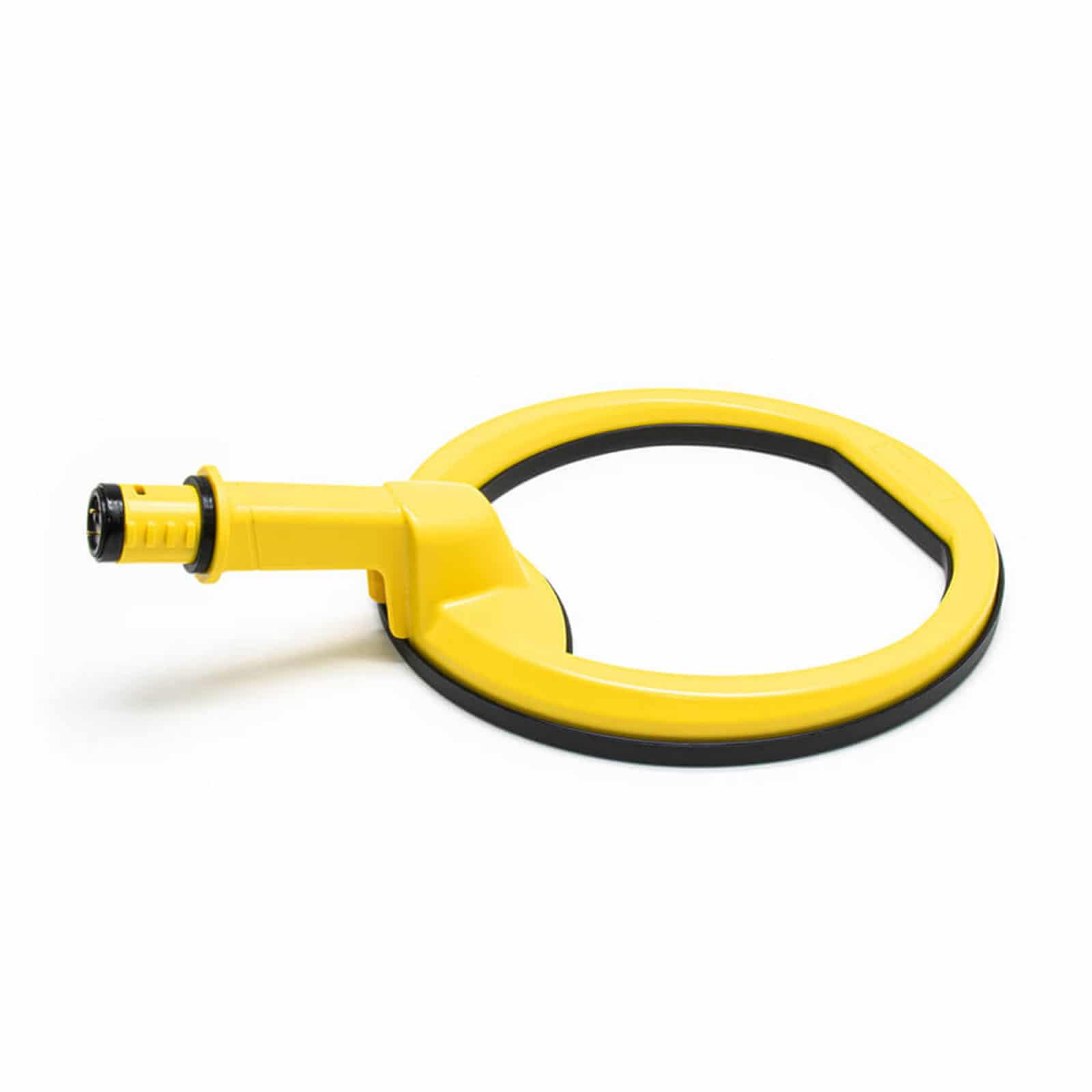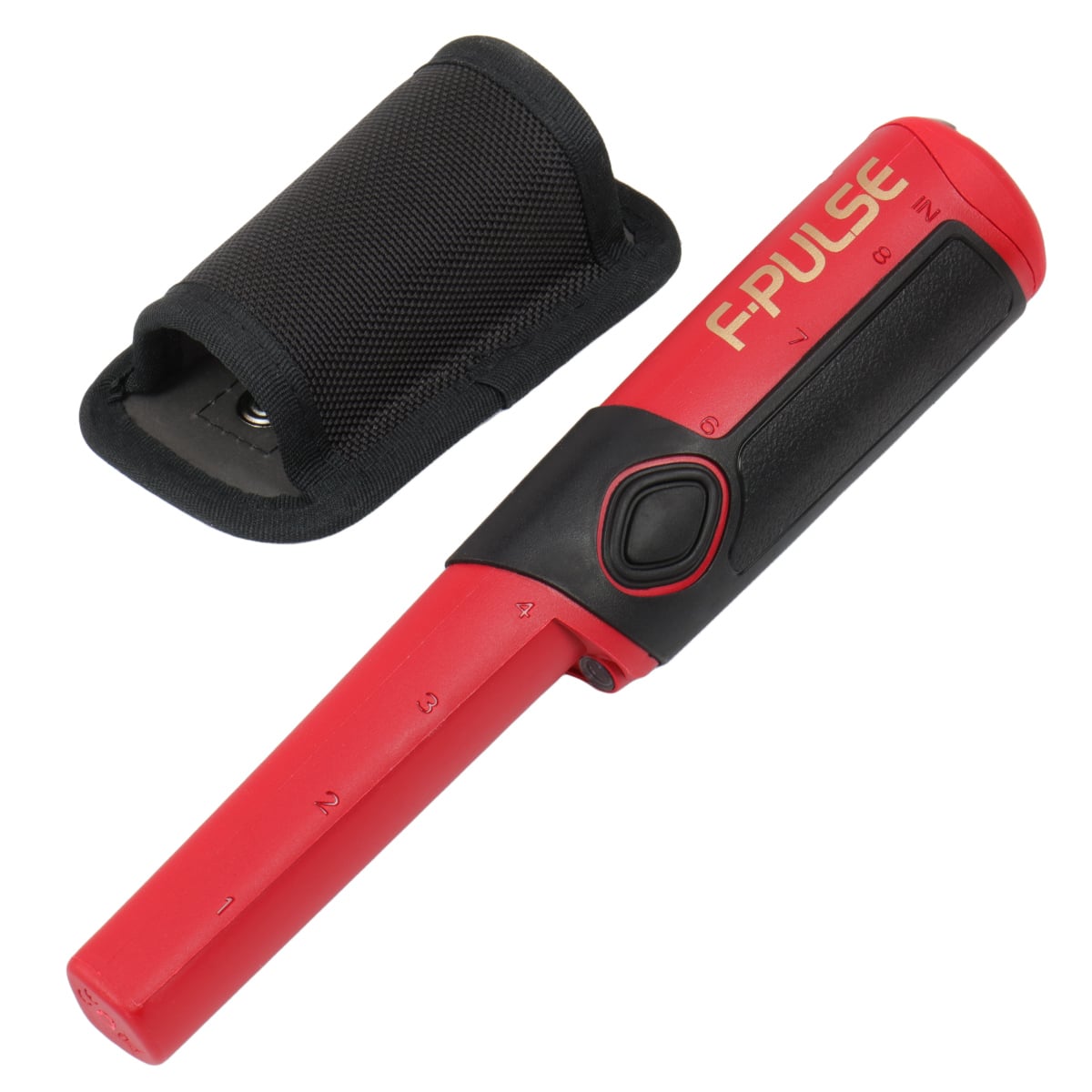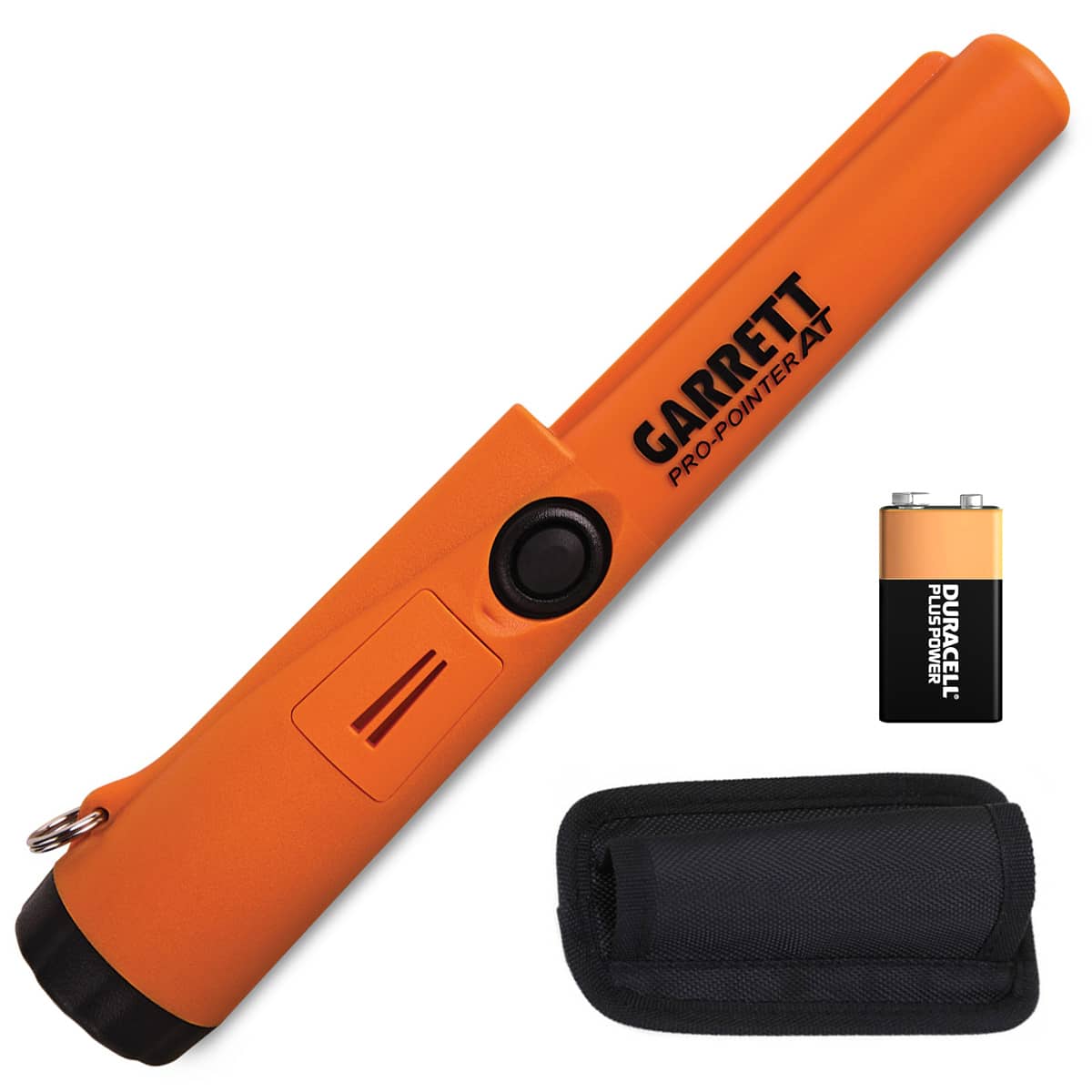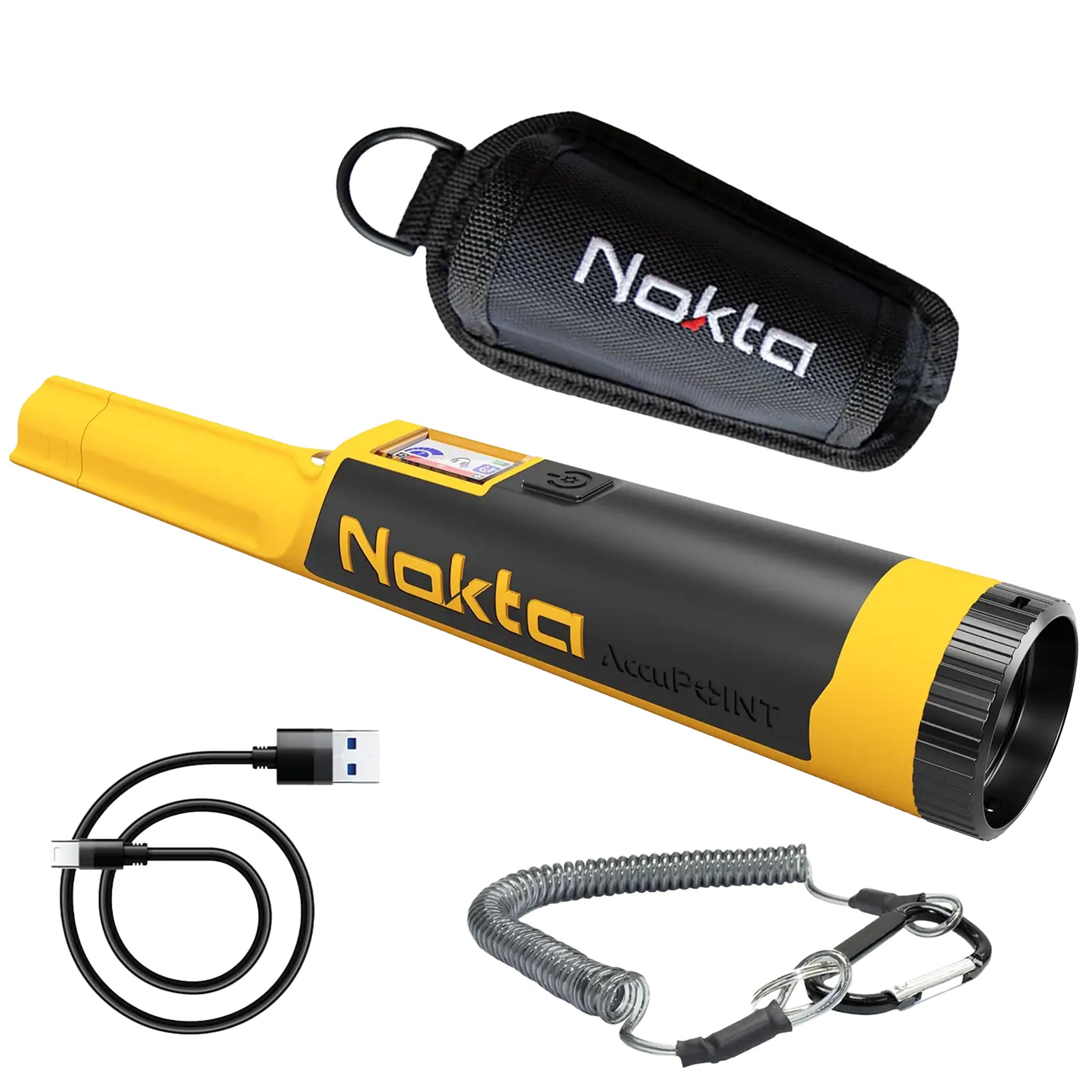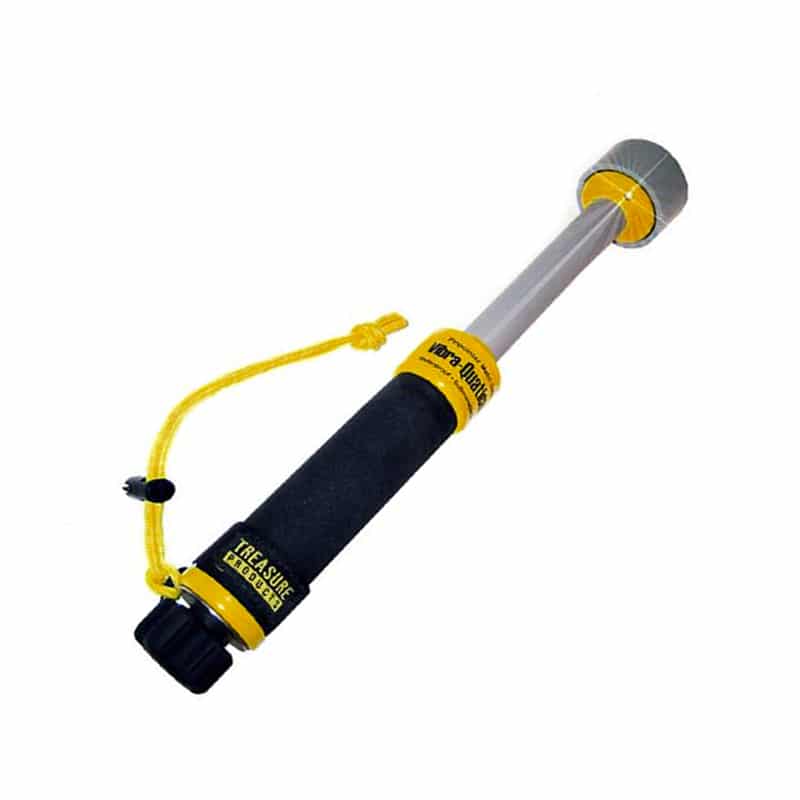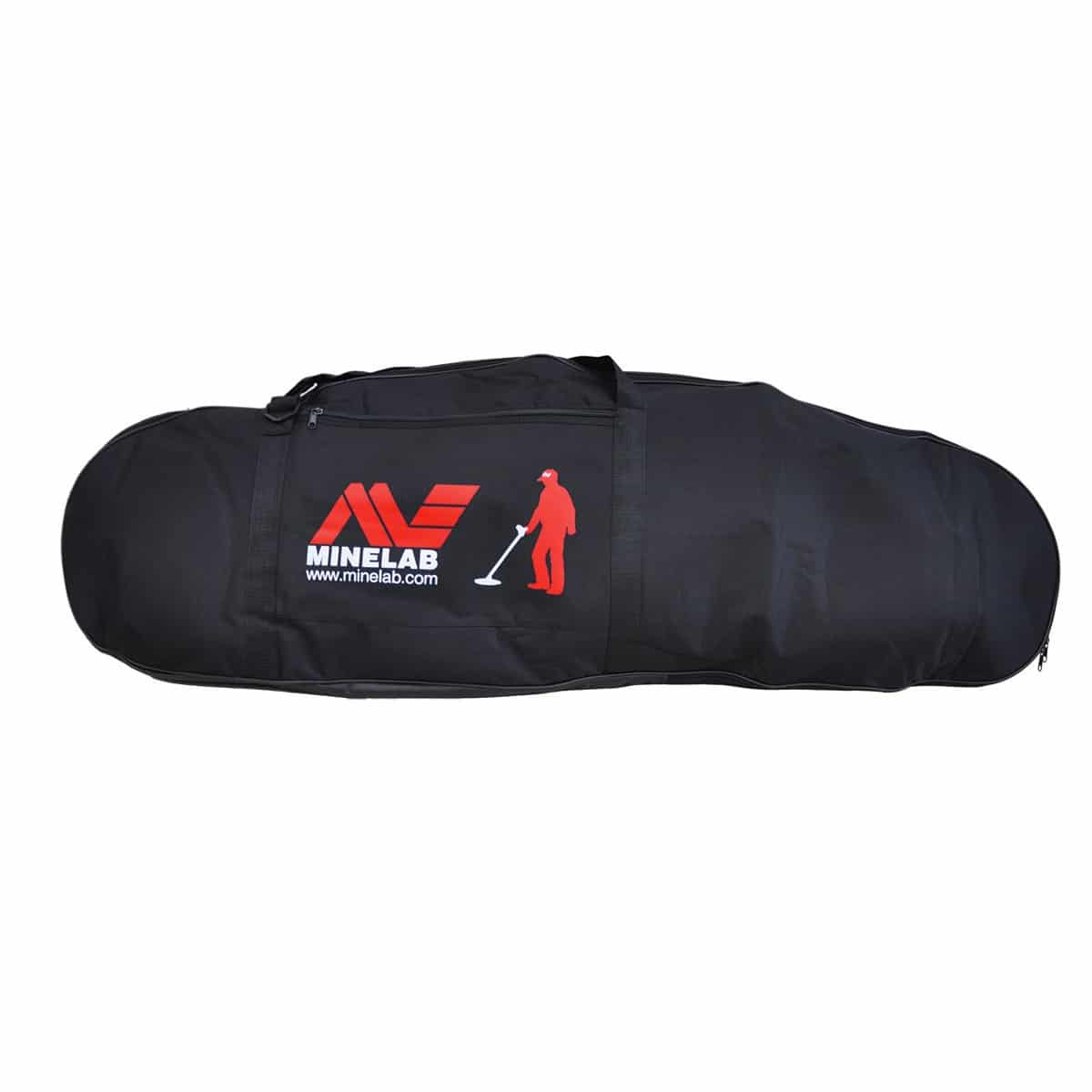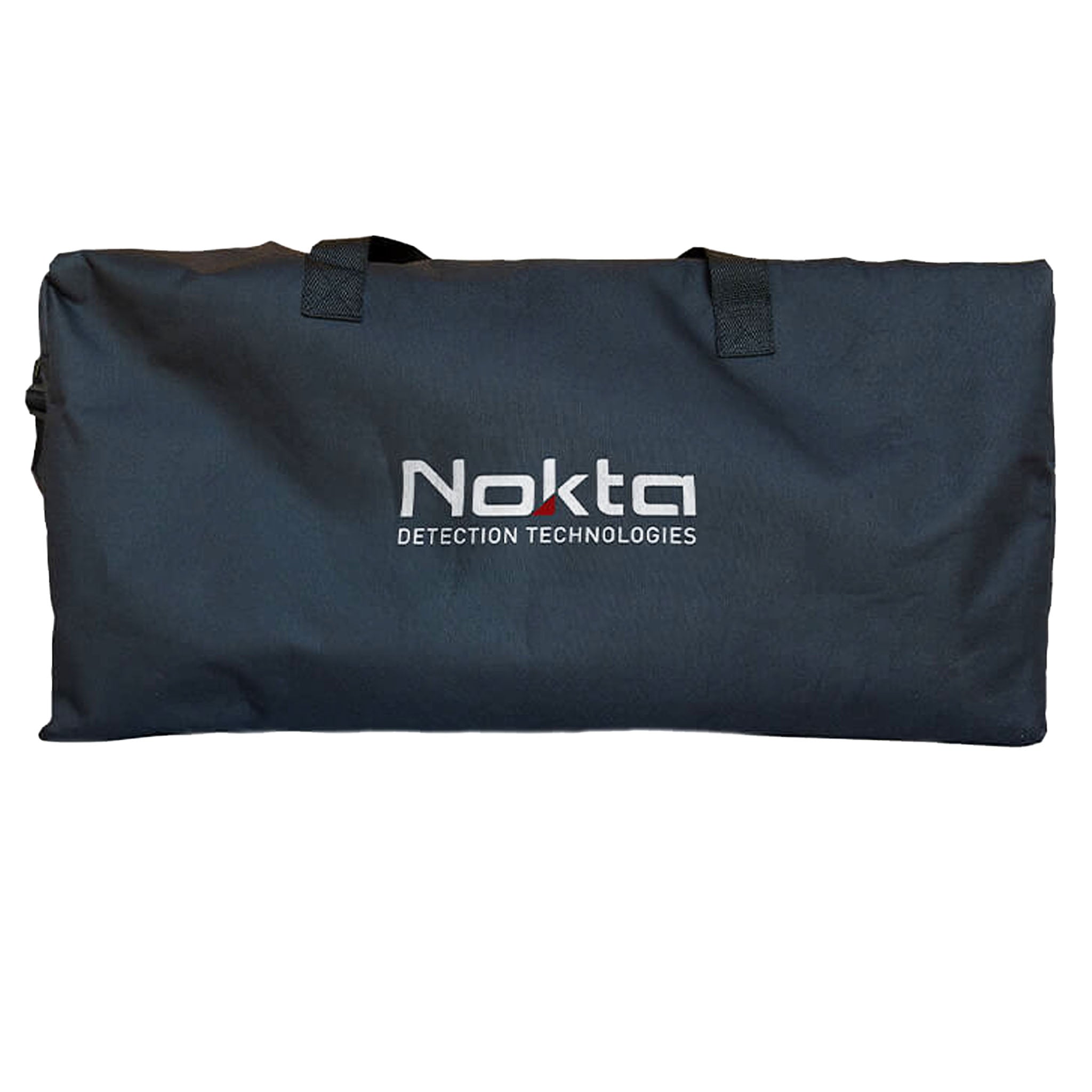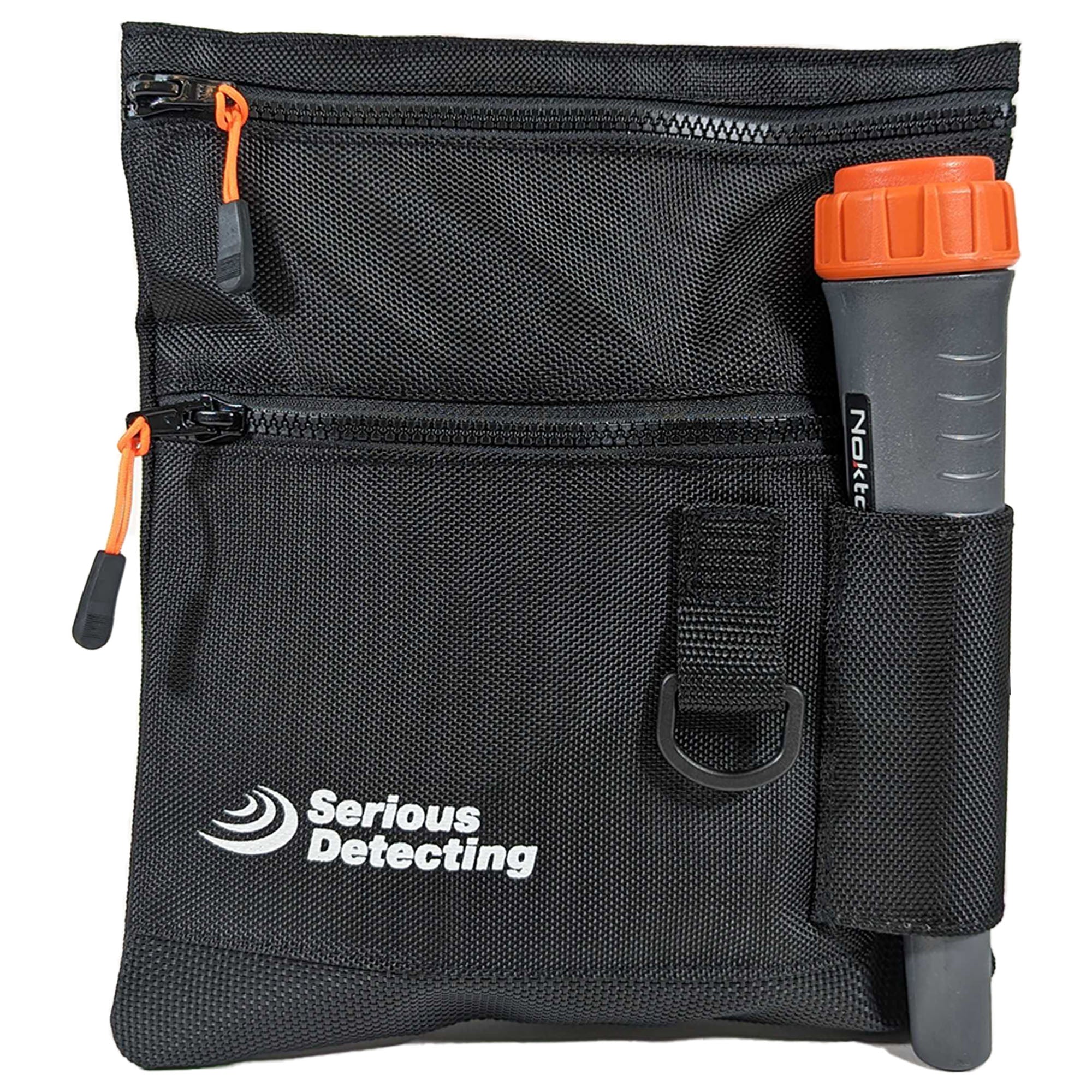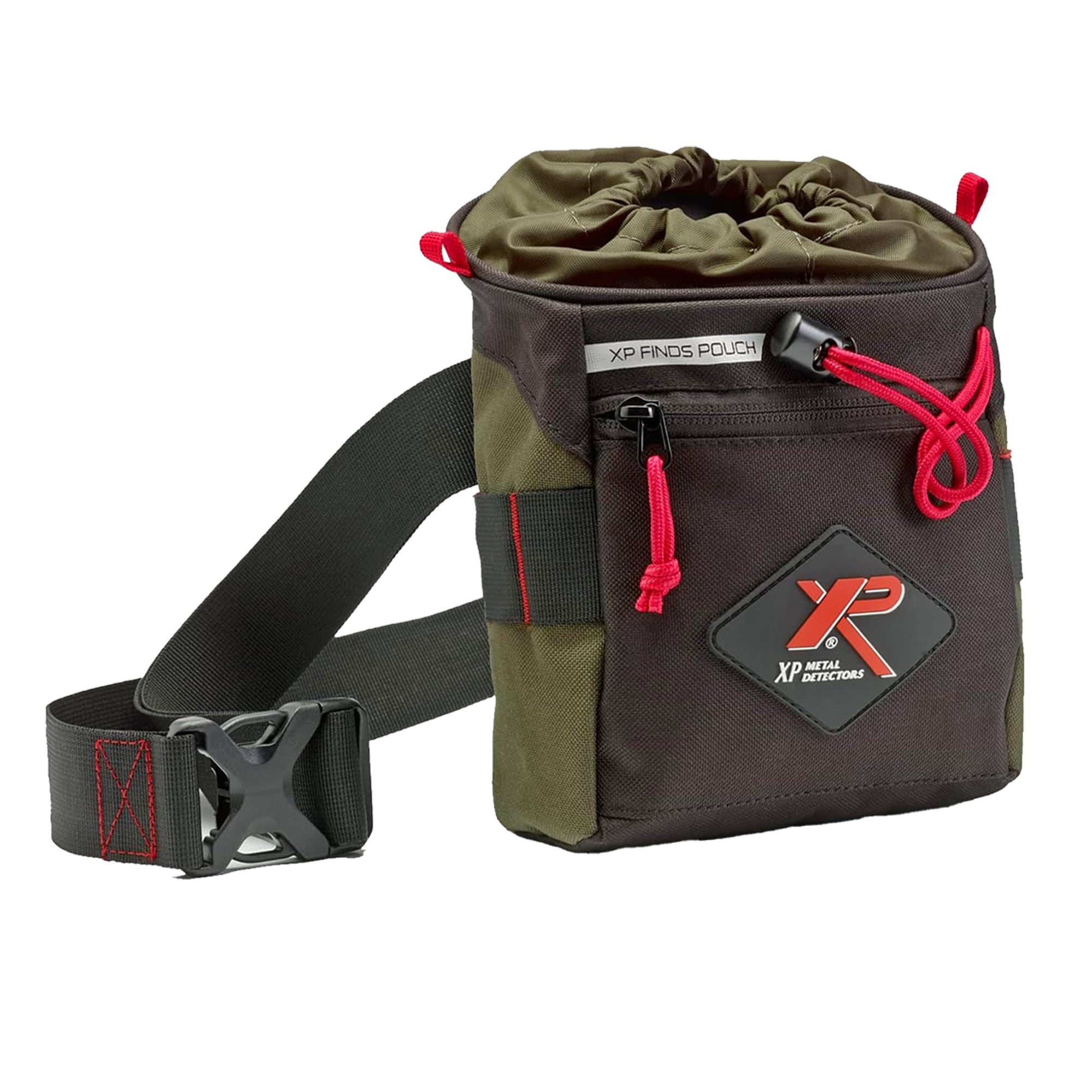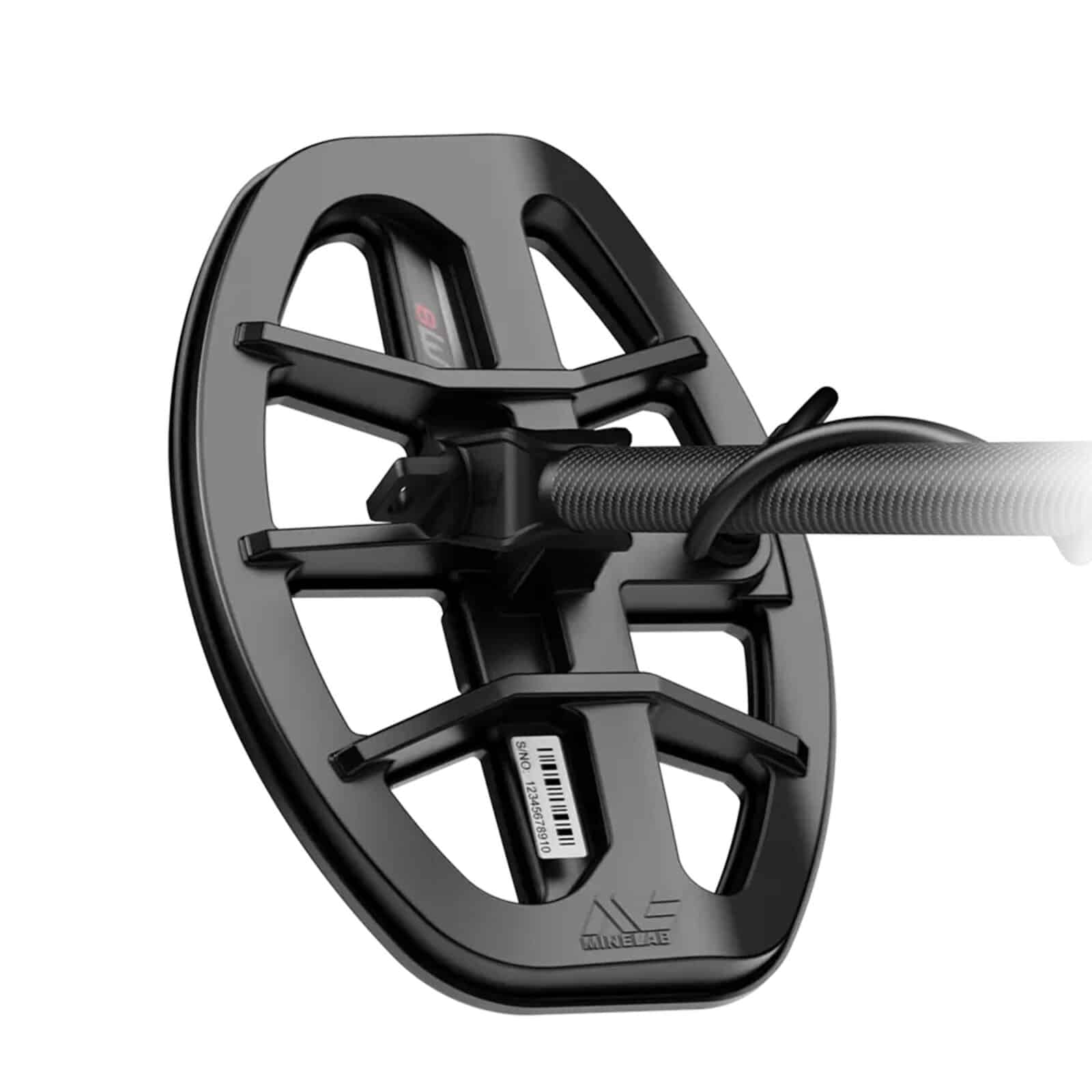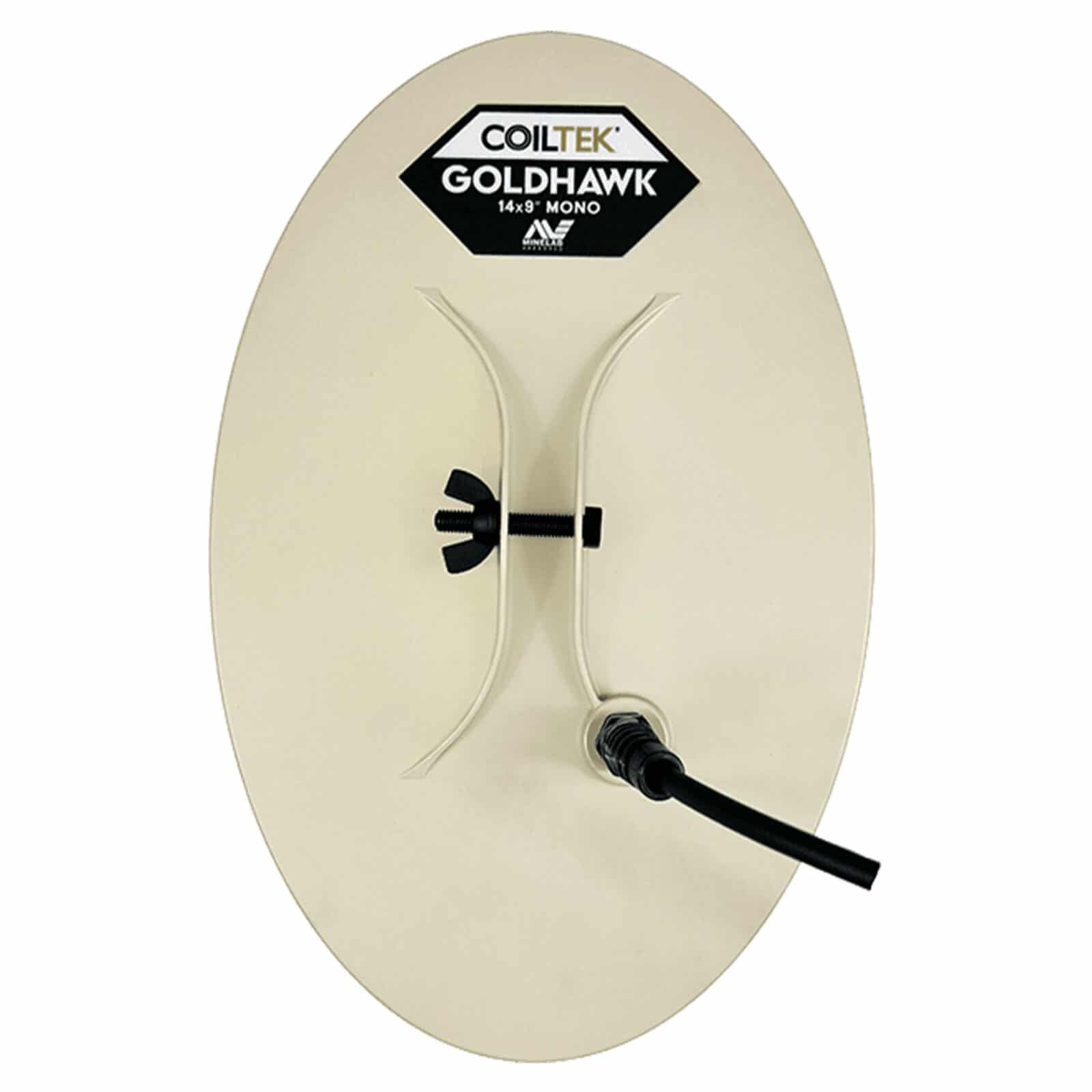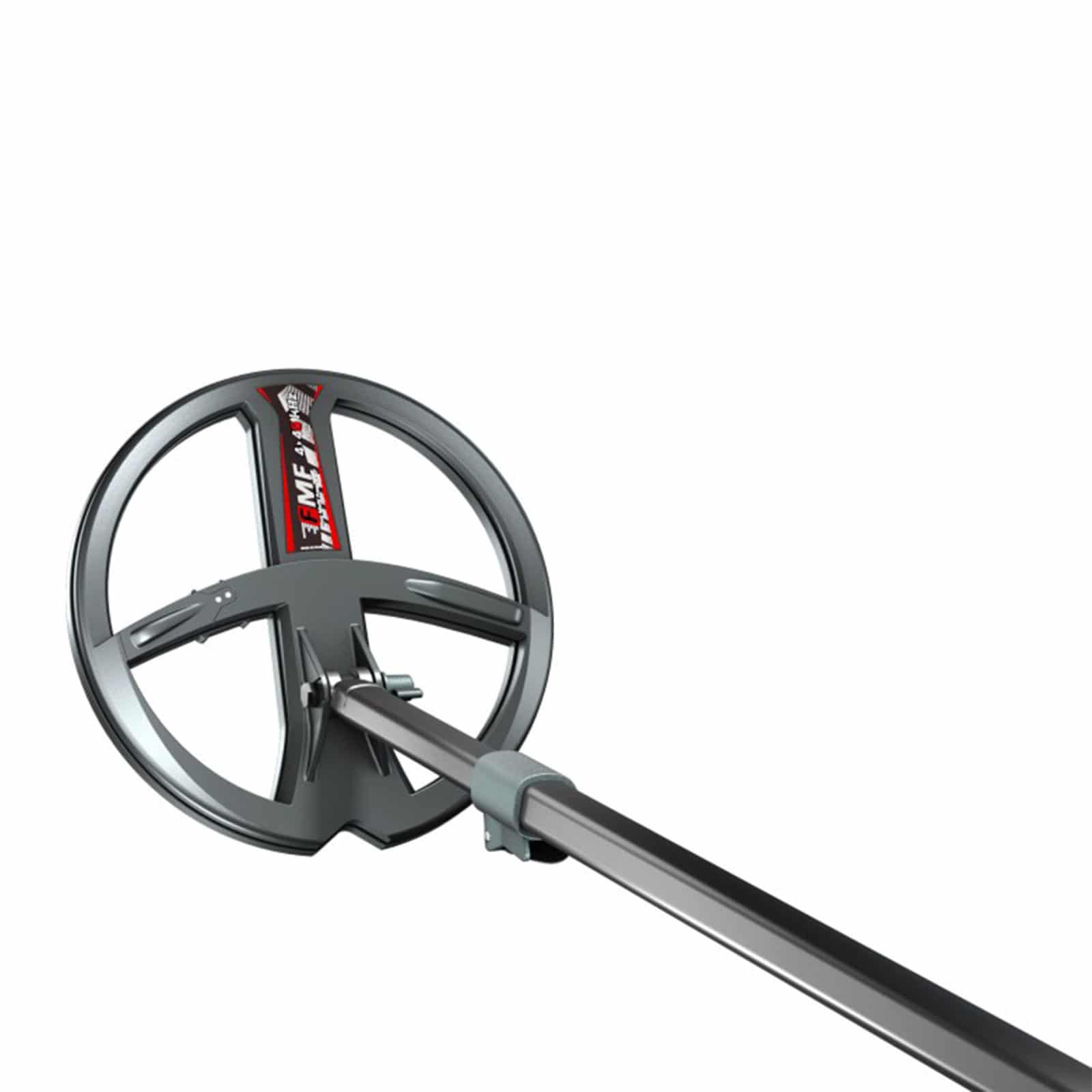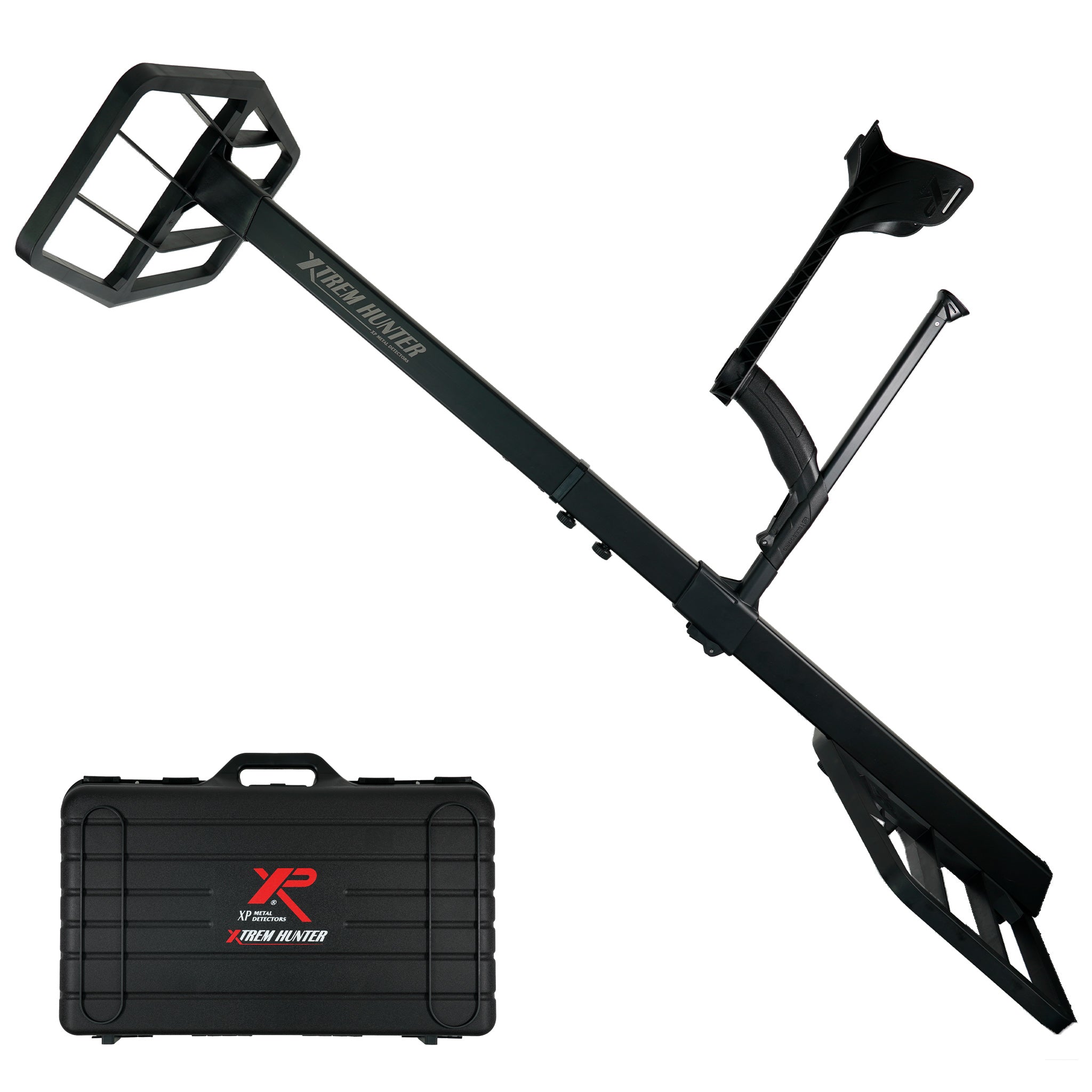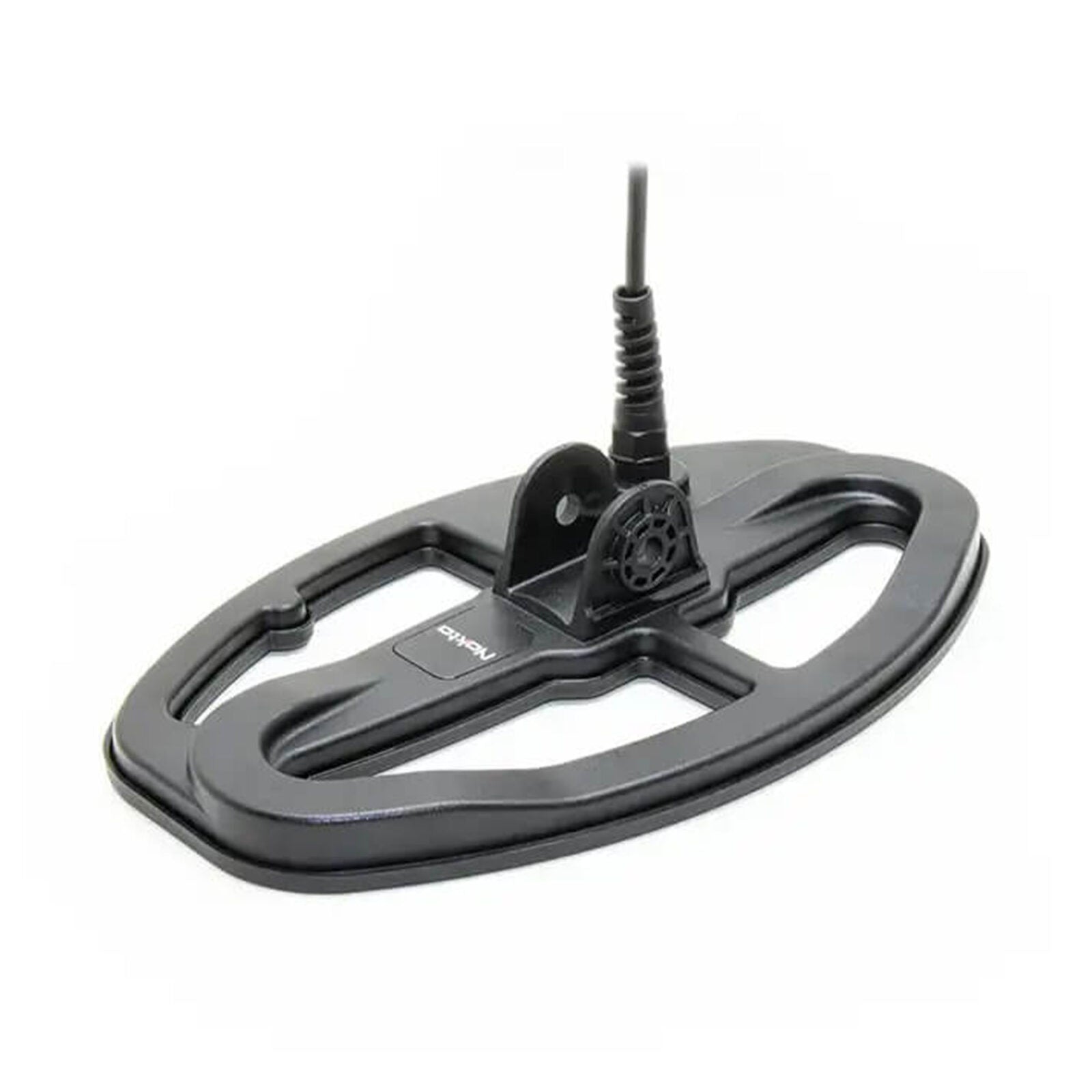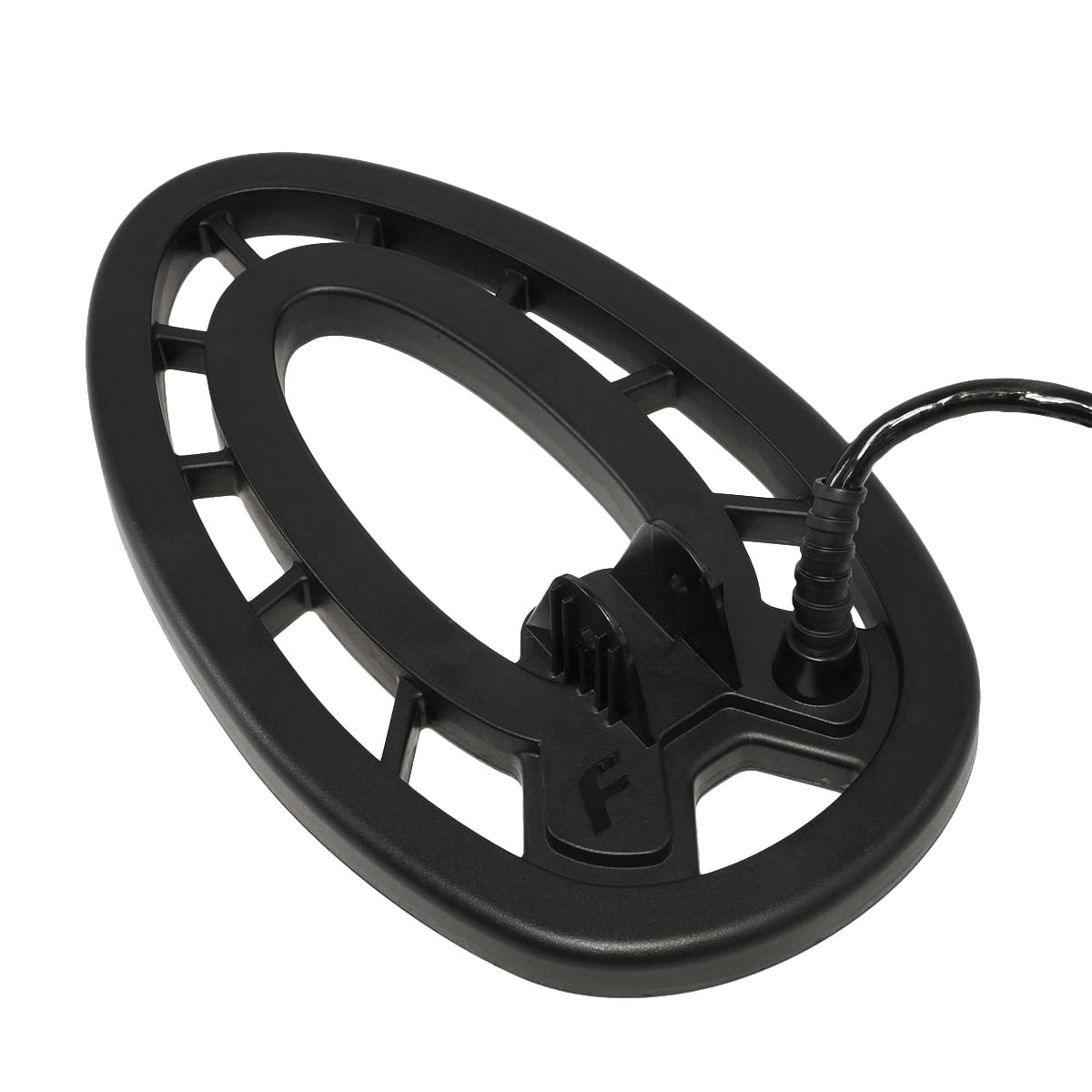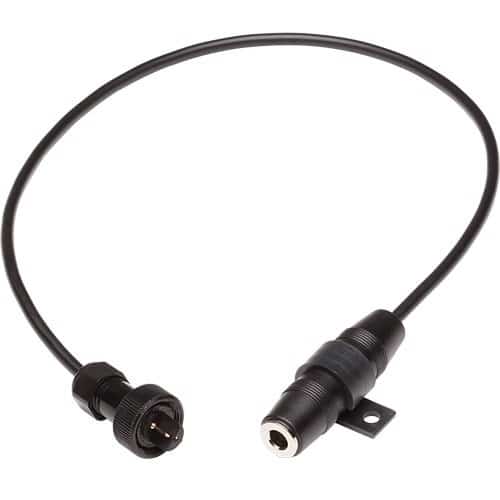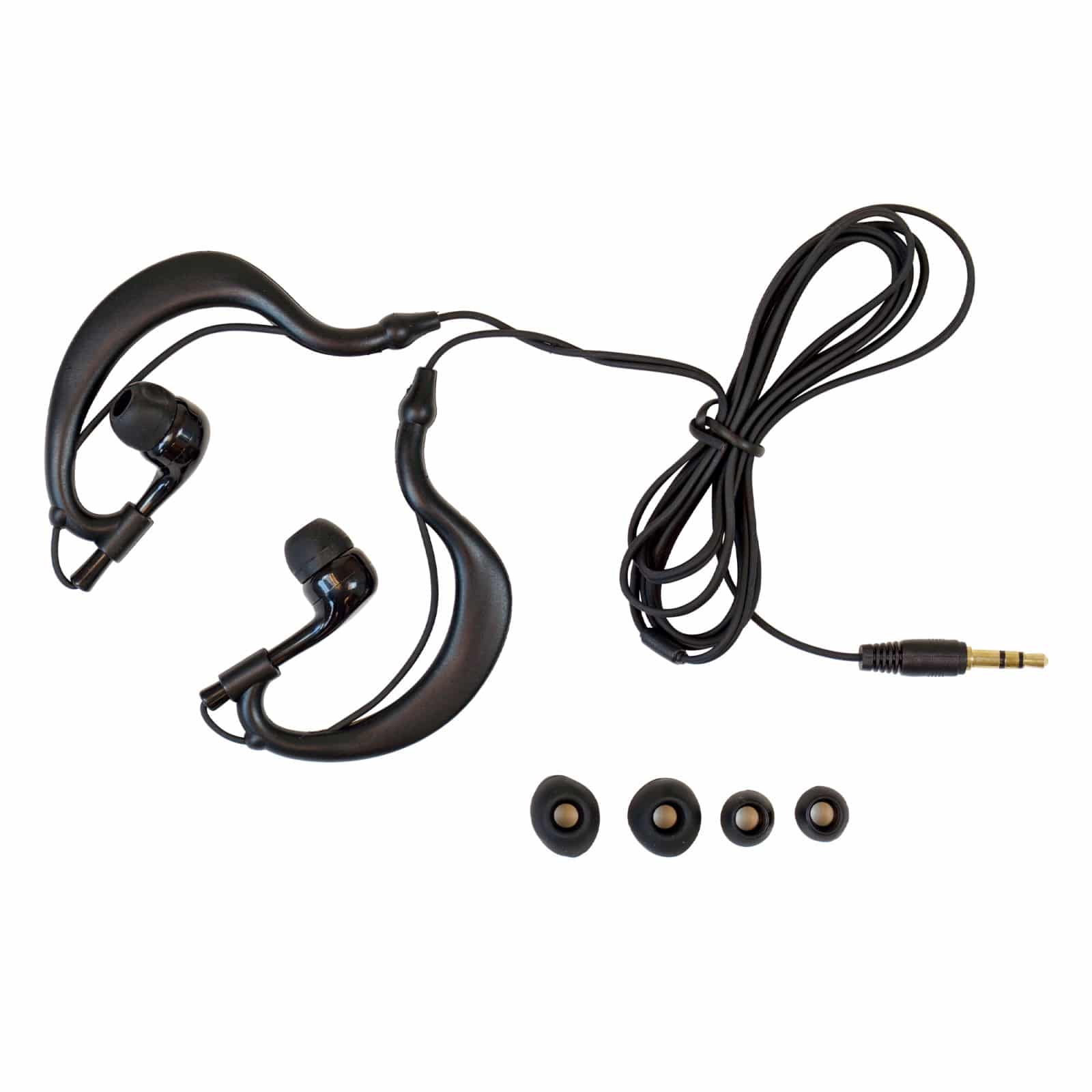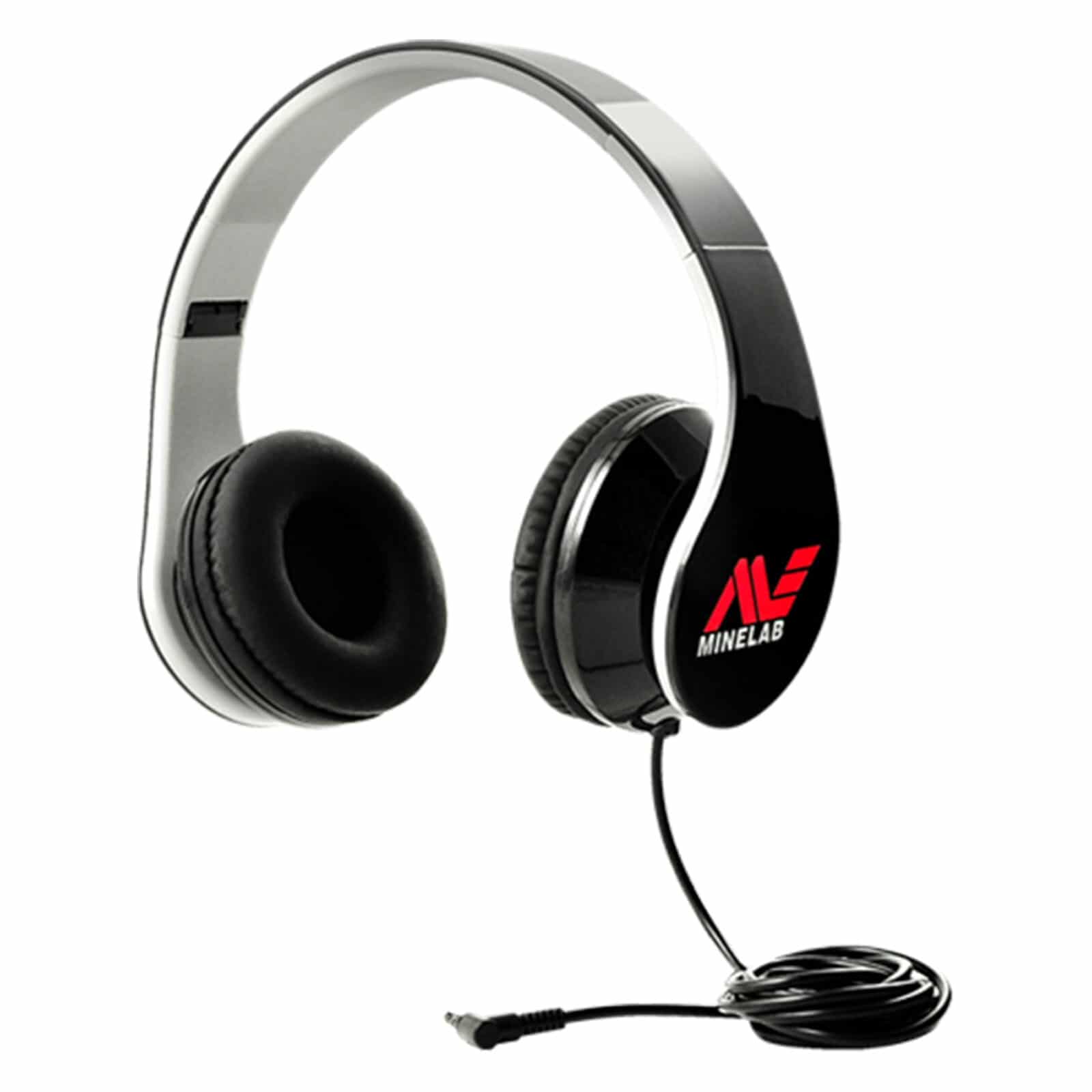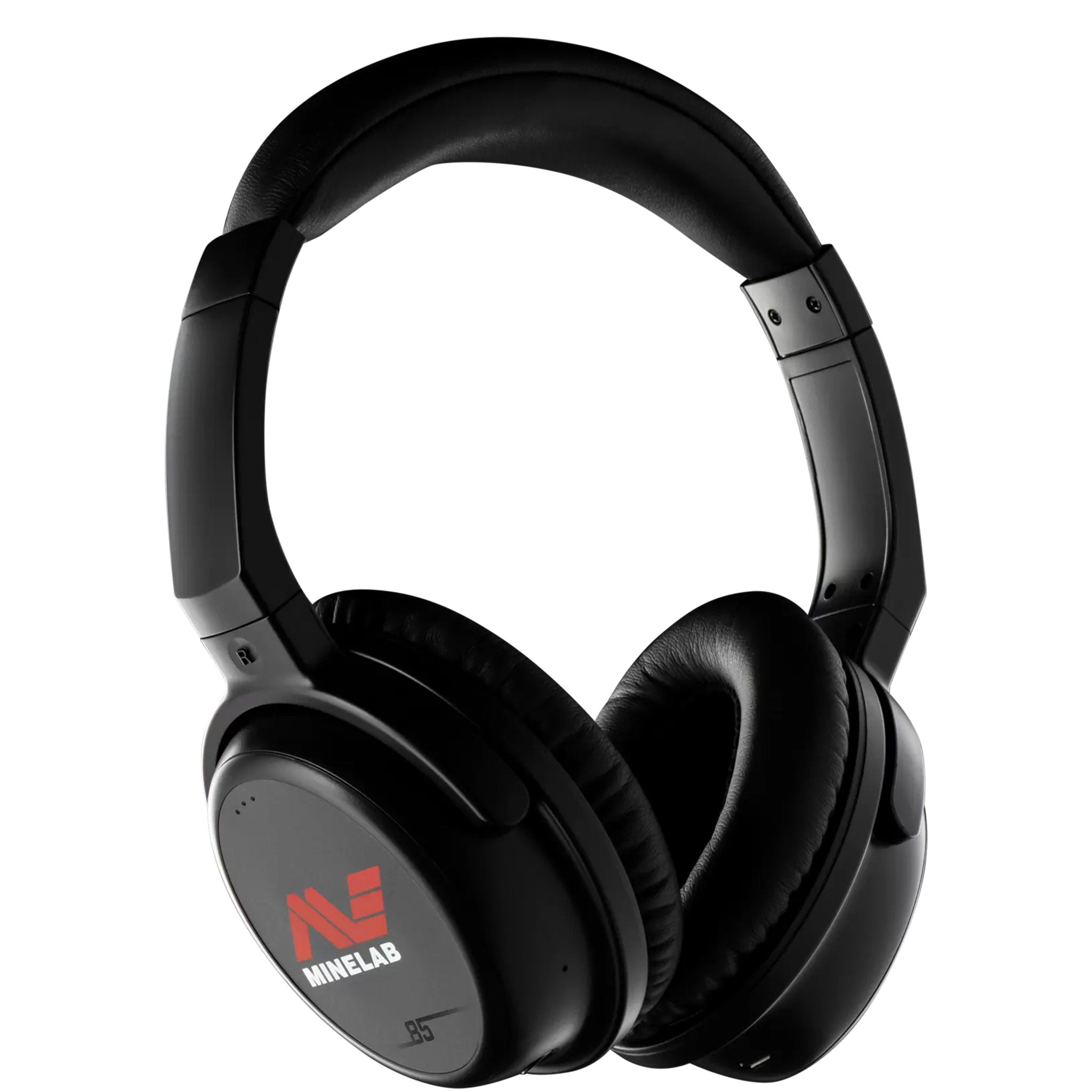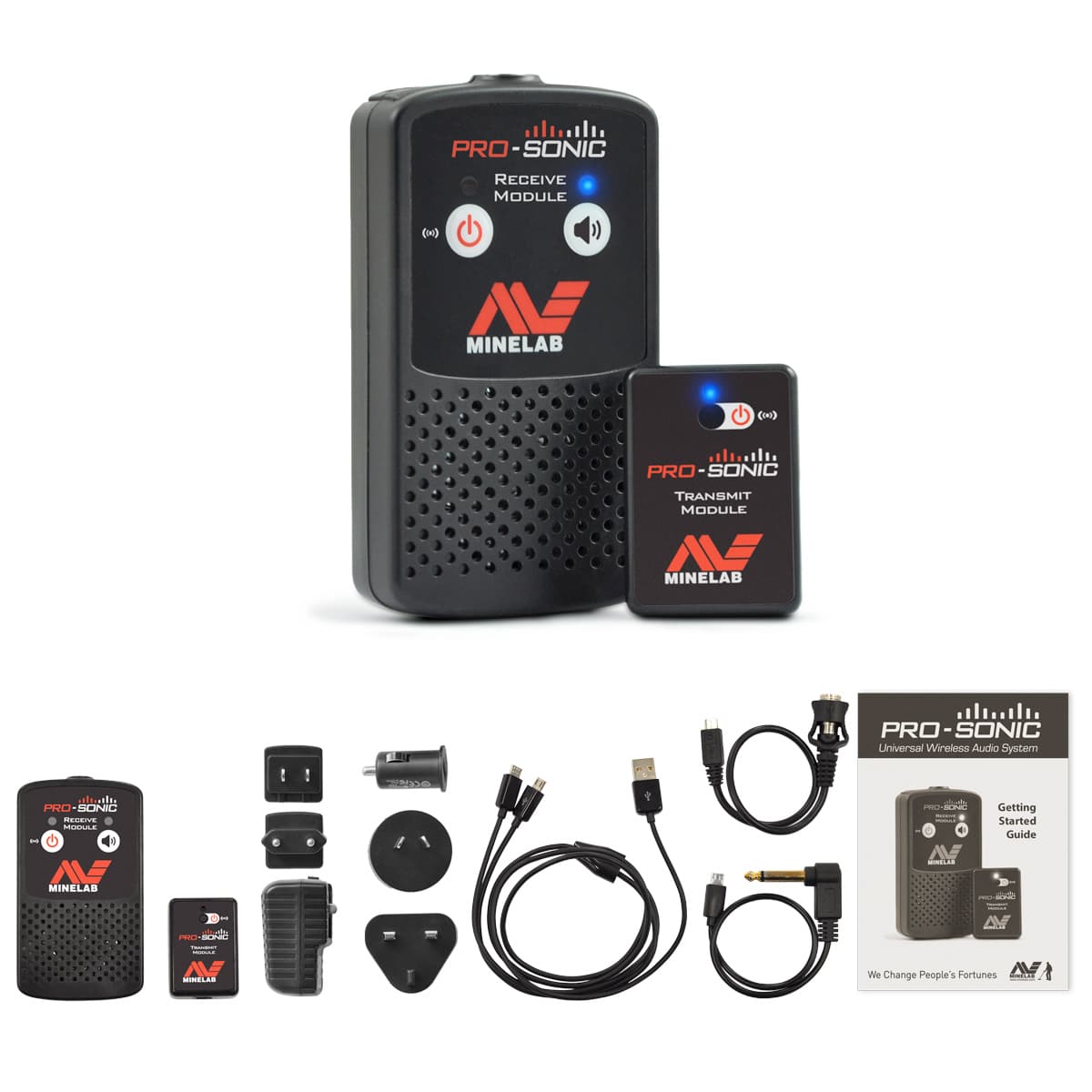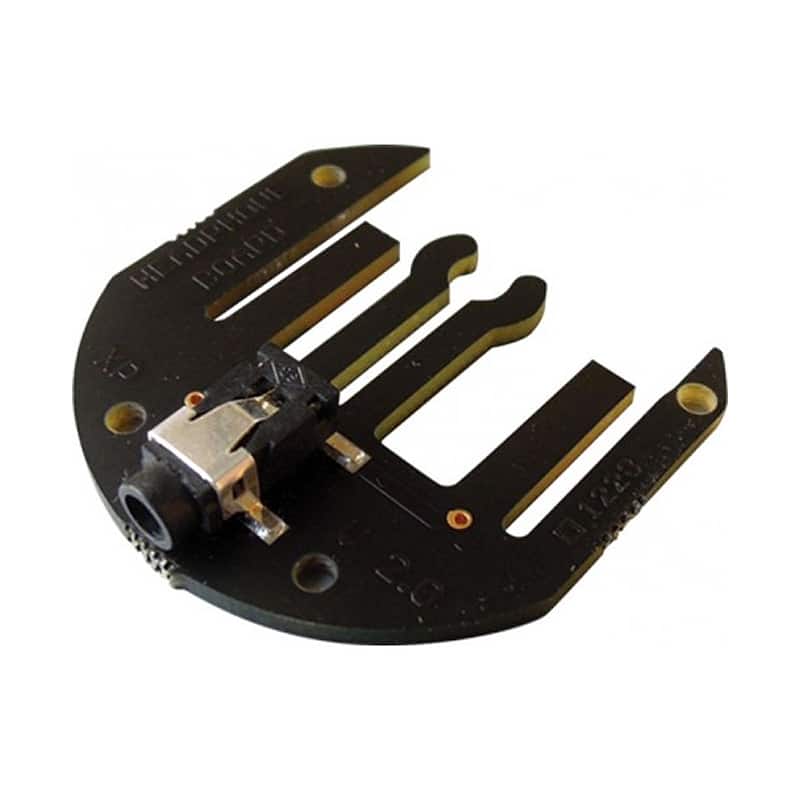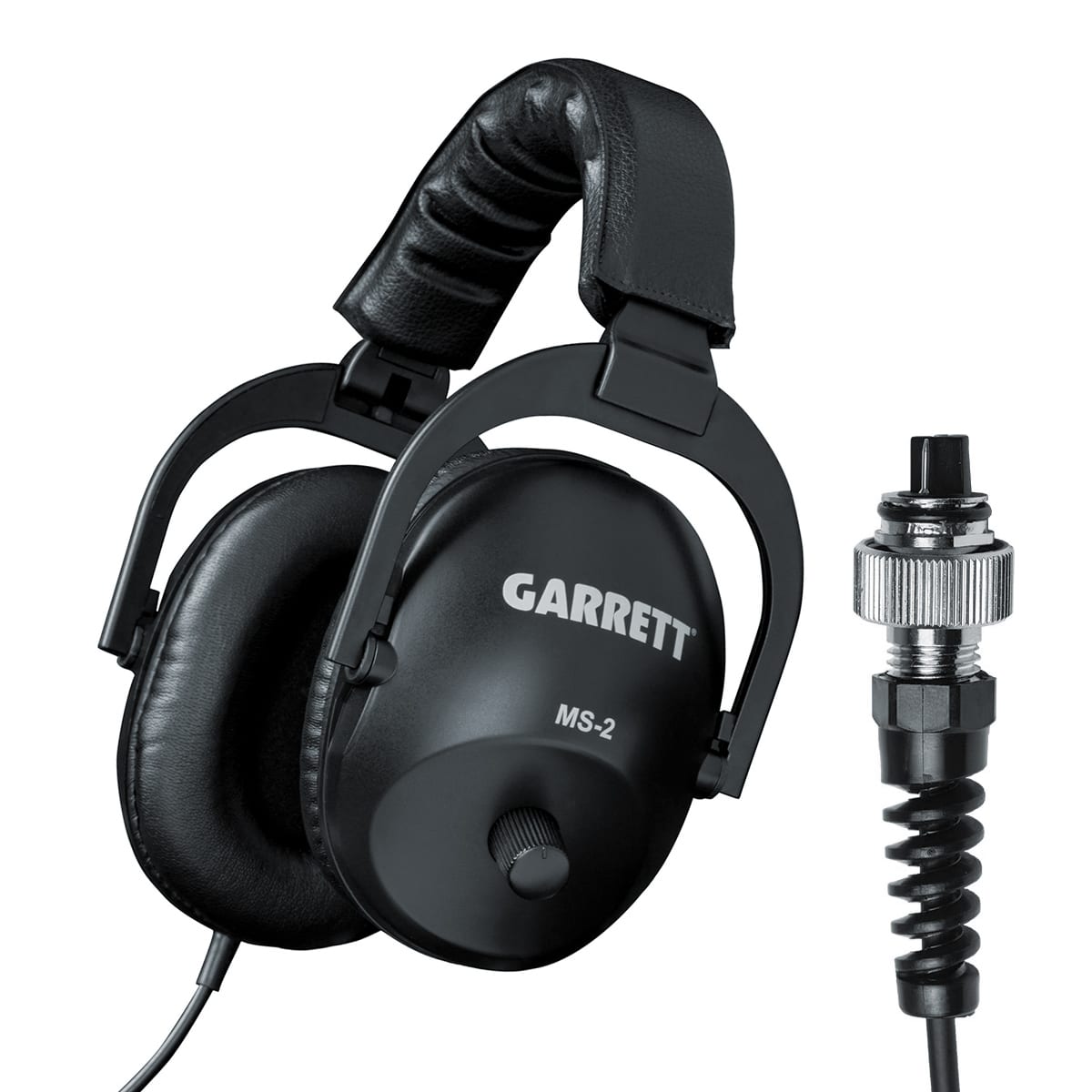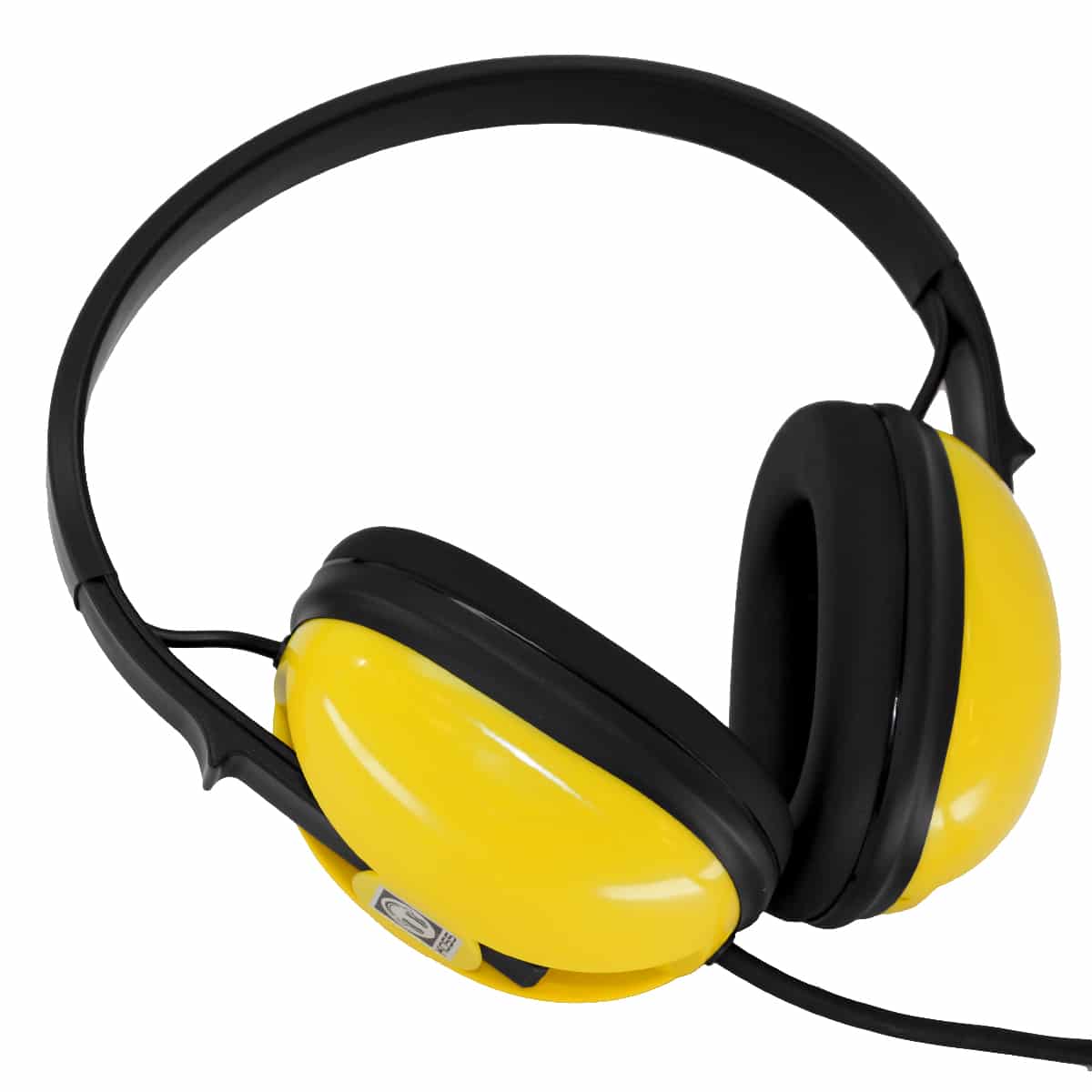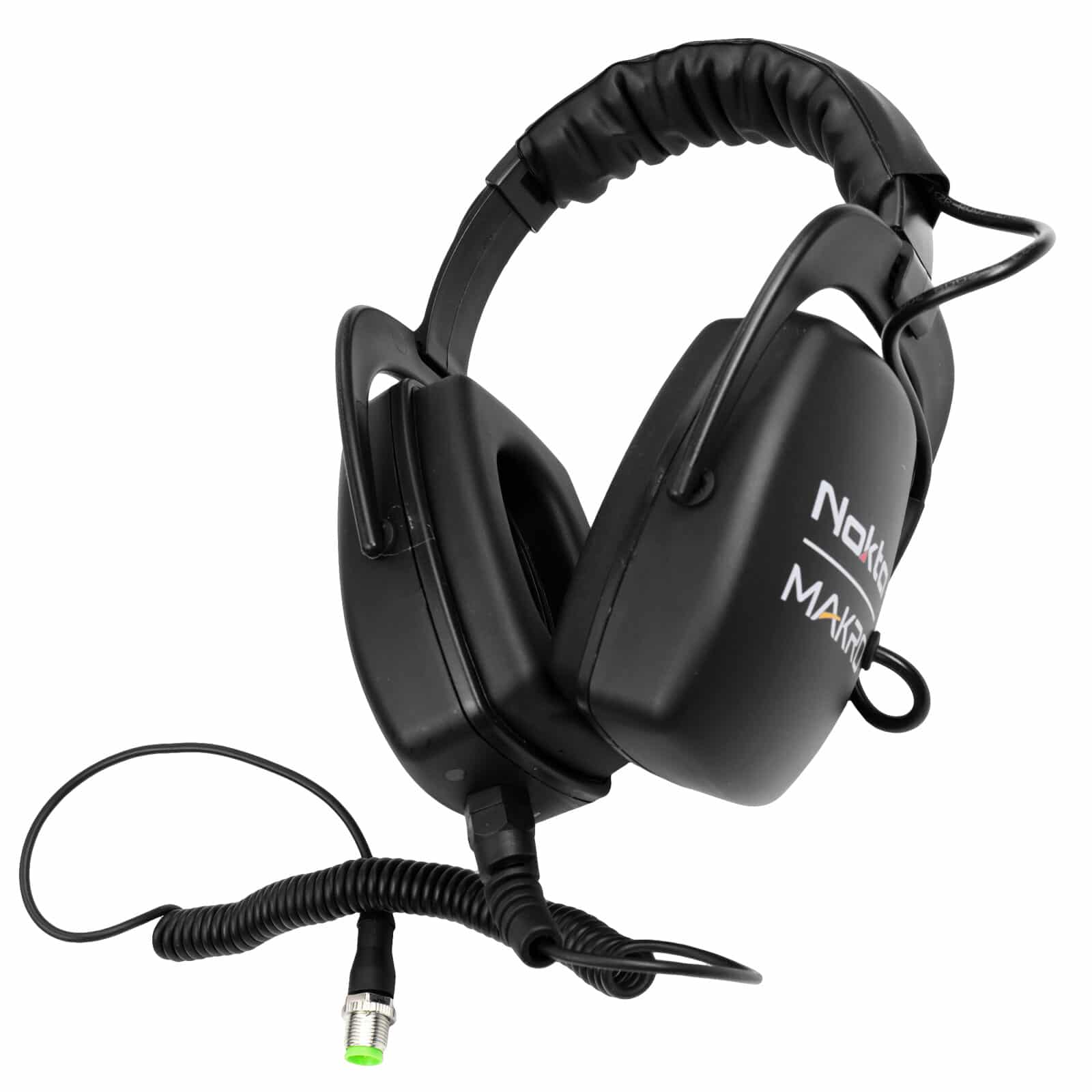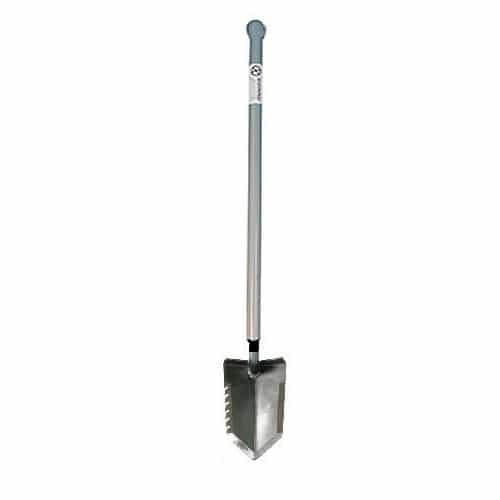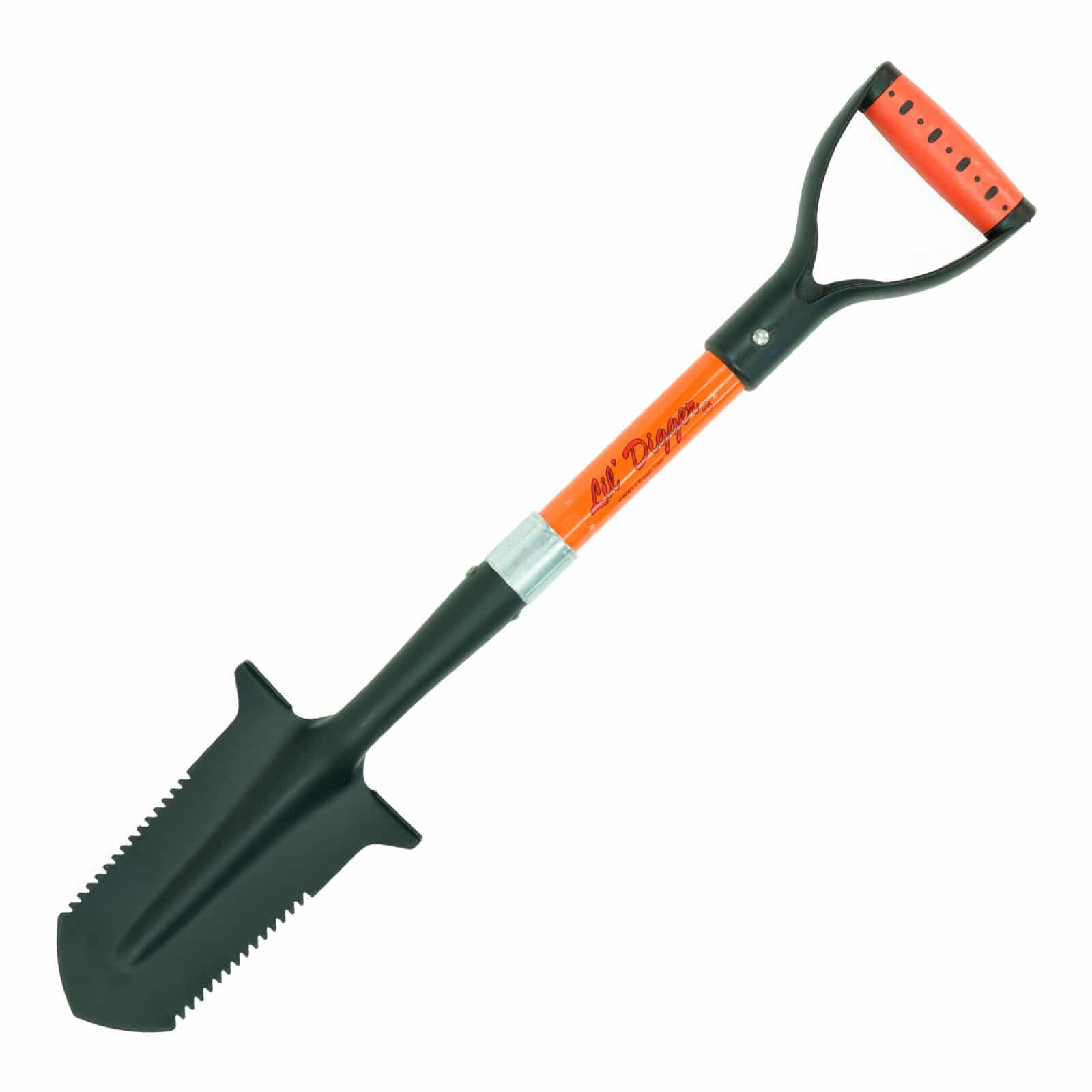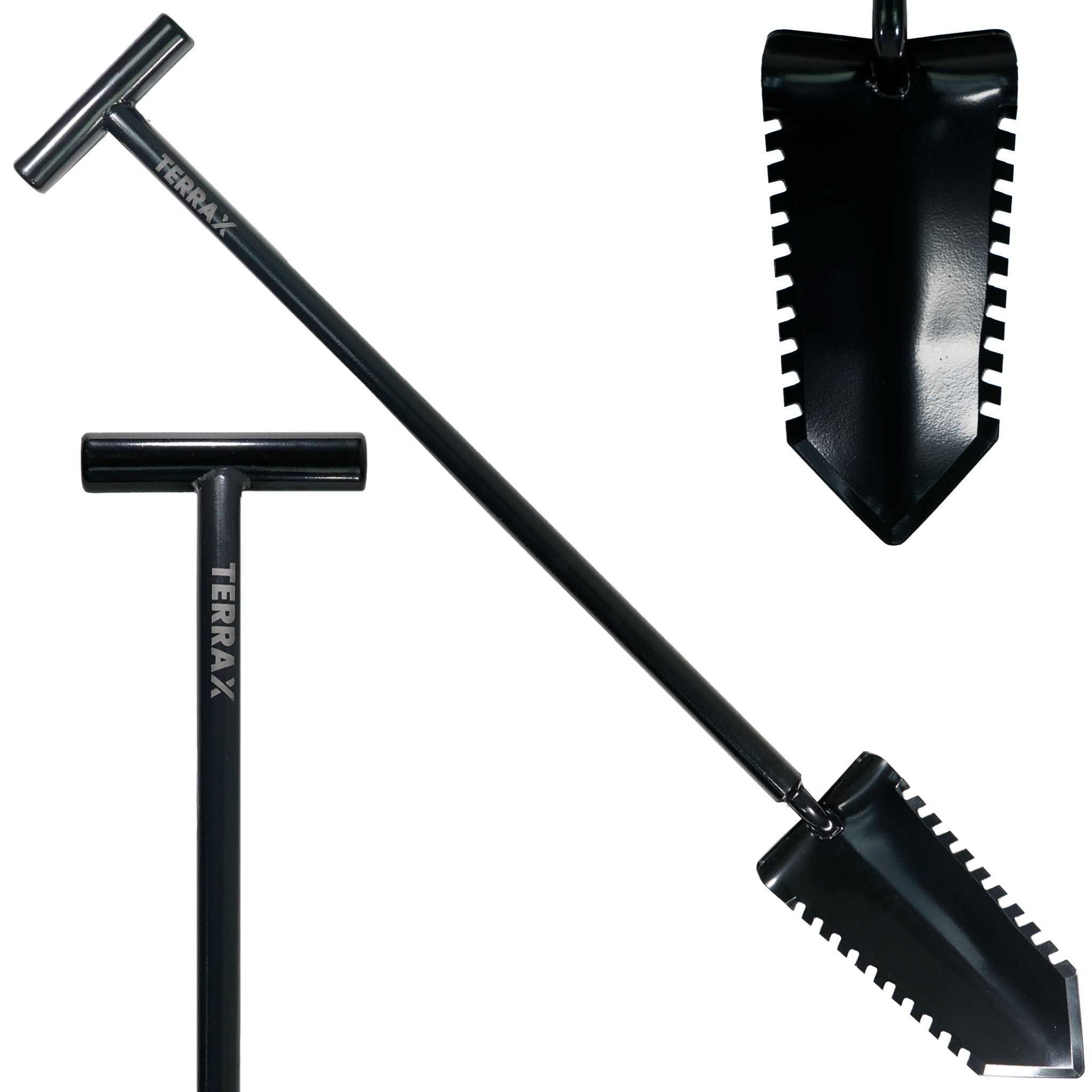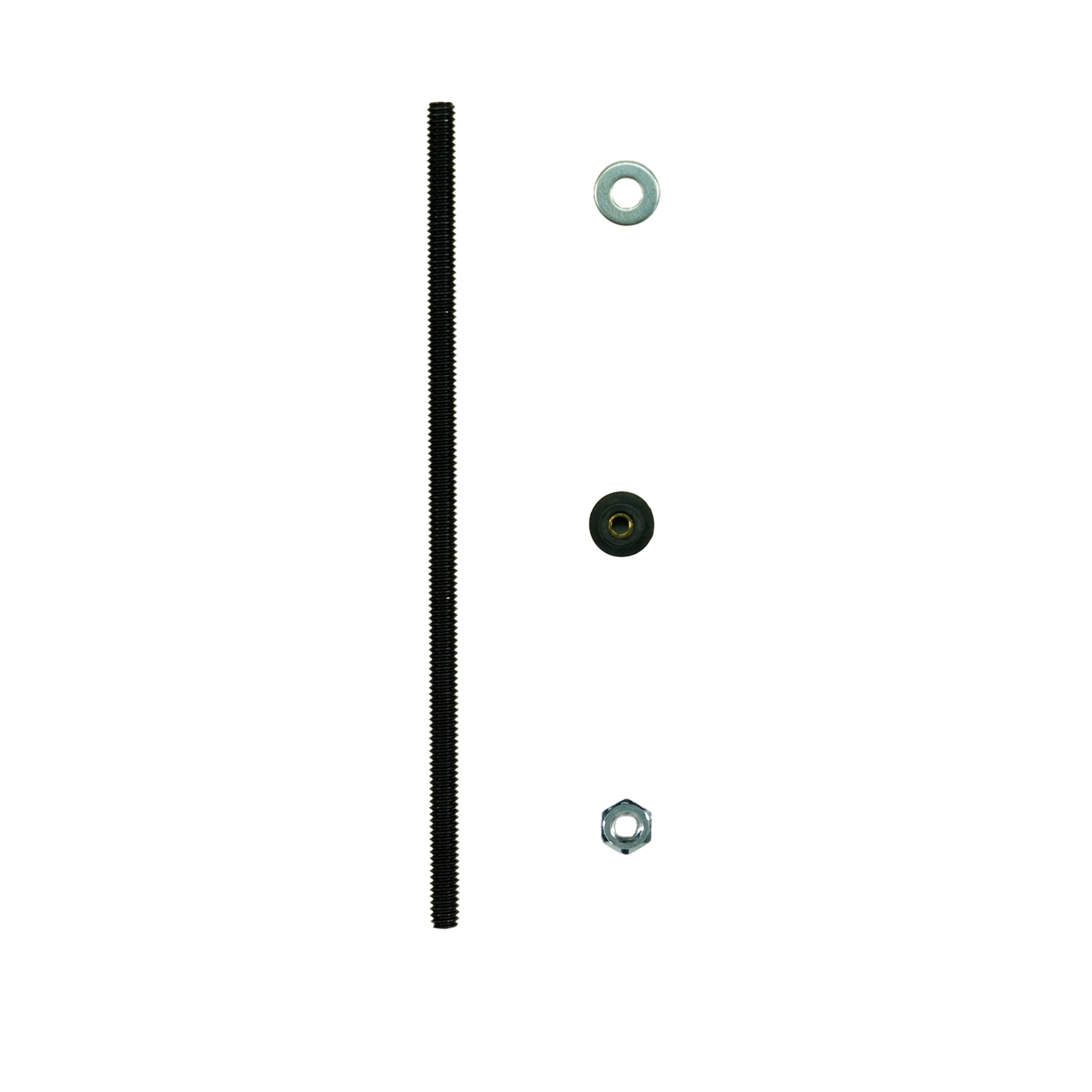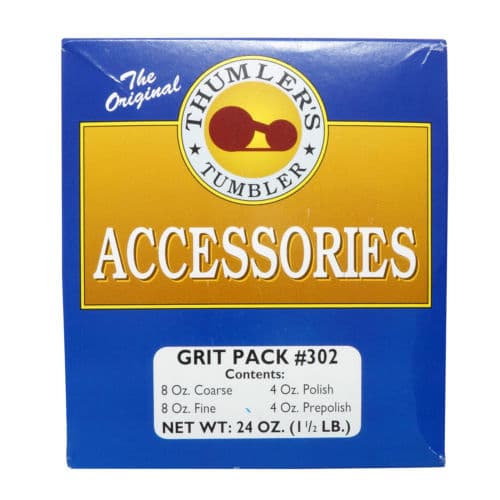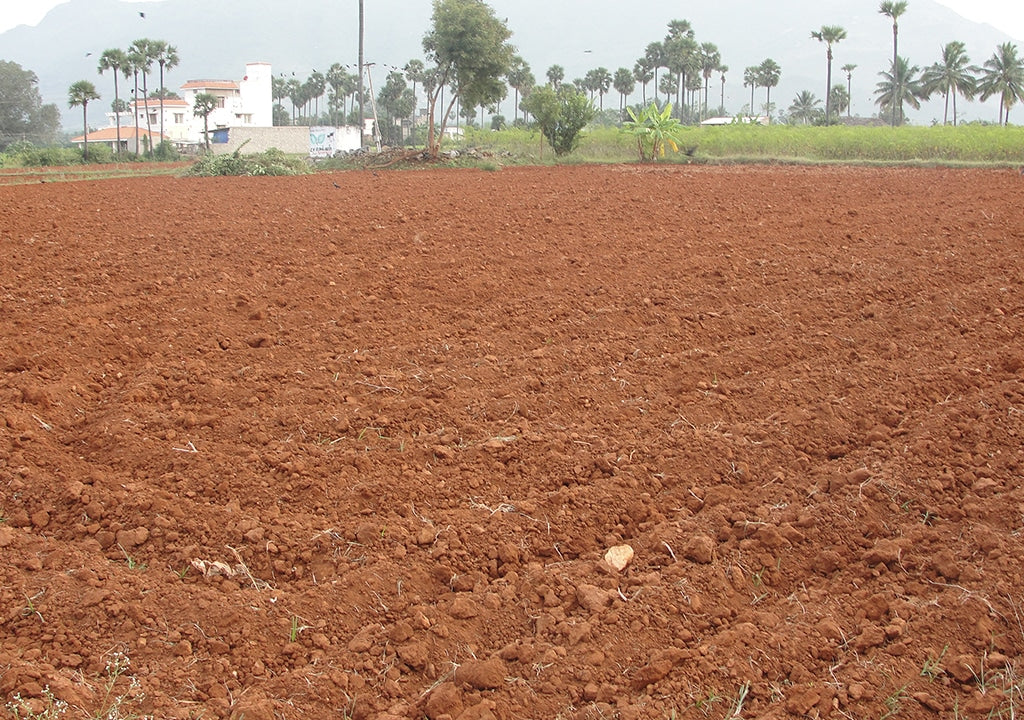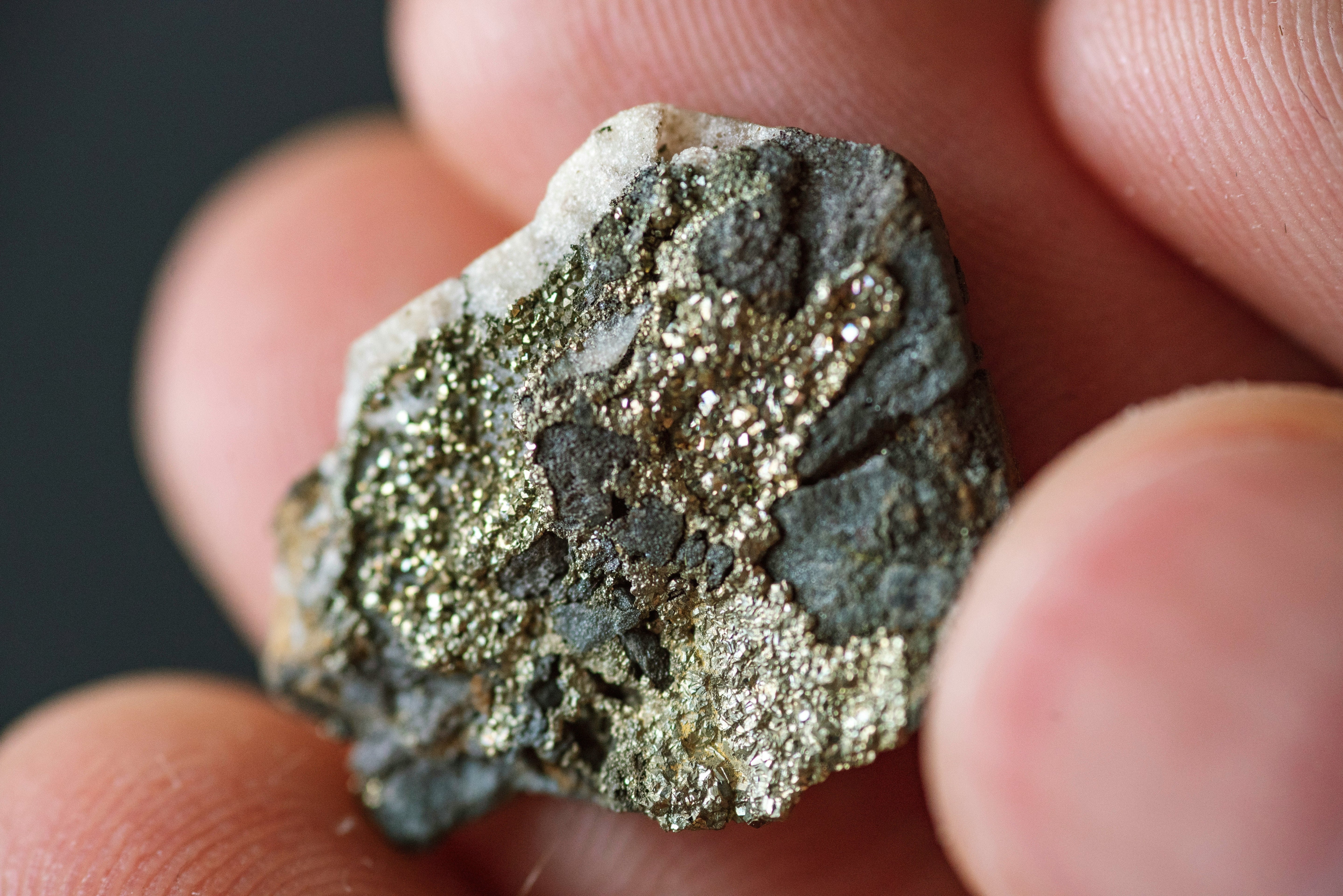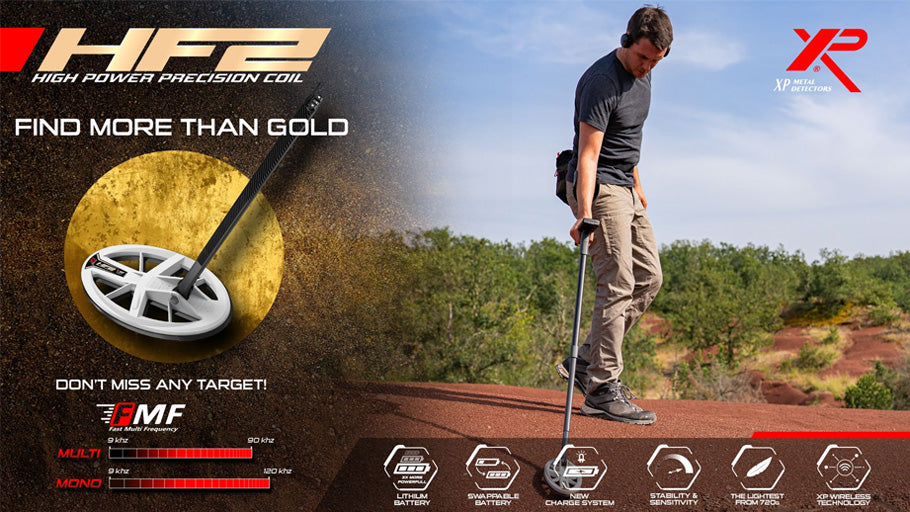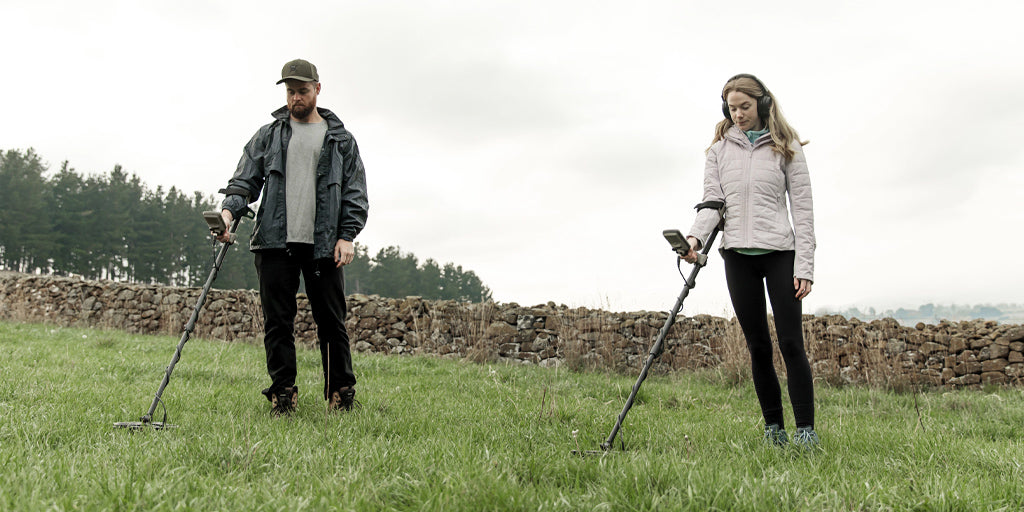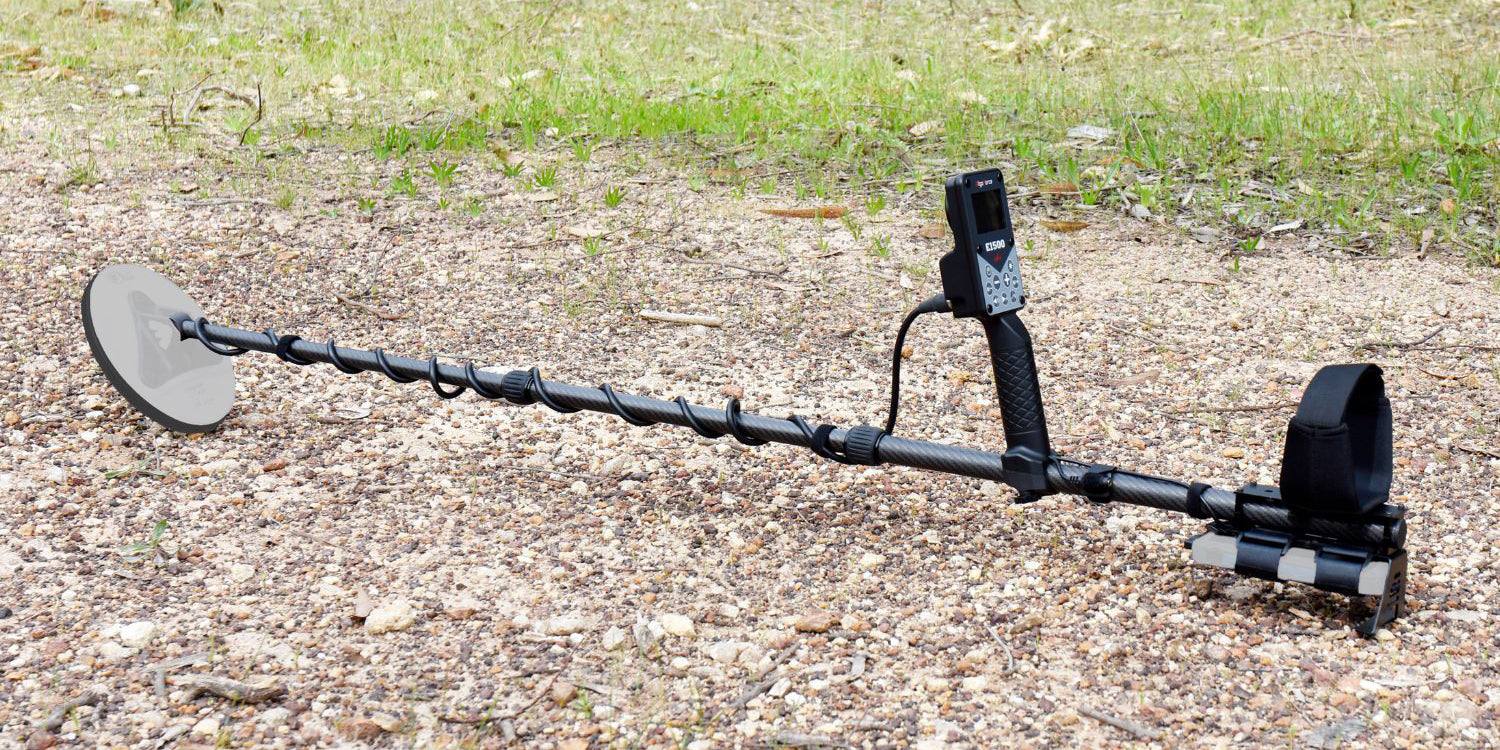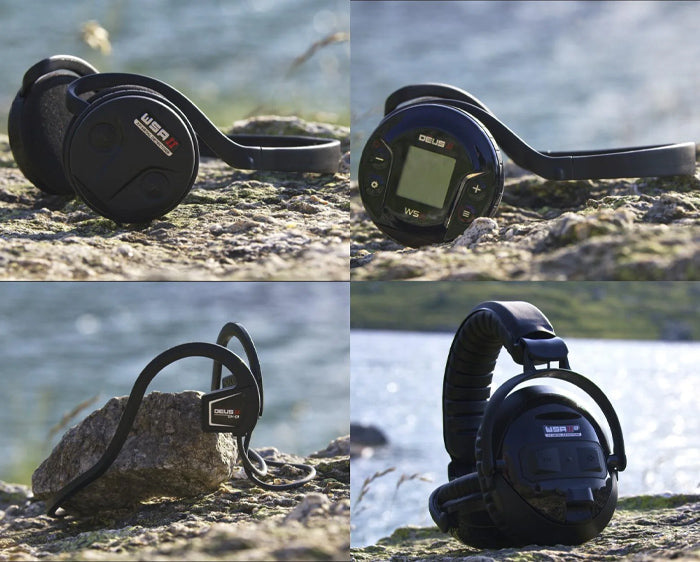Ground mineralization refers to how magnetic the ground is. This does not necessarily mean that mineralized ground has its own magnetic field, but it does mean that particles or grains in the soil will produce a magnetic response and/or be attracted to a magnet.
The ground across the world varies a great deal in its levels of mineralization. Geologically new ground that has been created through glacial scraping or the erosion of mountains during the last Ice Age, is usually weakly mineralized. Old grounds that have been at the surface for a long time often have high levels of mineralization. This is due to the action of water causing iron compounds to migrate to the surface. Highly mineralized soils can often be recognized by their red color.
Just like targets, mineralized ground produces its own electromagnetic field in response to the detector’s electromagnetic field. This field has two components, an X signal, and an R signals (see KBA 01 Basic Metal Detector Operation), however, mineralized ground, due to its large volume produces a much stronger X signal than either the X or R signal from a deeply buried target.
The proportion of X and R signals produced by mineralized ground varies randomly from one location to another, although over short distances they remain reasonably stable.
| Ground | Highly mineralized | Mildly mineralized | Neutral |
| R signal | 30.000 | 200 | 80 |
| X Signal | 600.000 | 20.000 | 800 |
| R/X% | 0.5% | 1% | 10% |
Due to the ground’s large X signal, accurate metal detection relies on being able to detect the R signal from a target, but, as shown in the above table the ground’s R signal can vary substantially.
Ground balancing and ground tracking technologies balance out the effects of highly mineralized and variable ground to achieve greater detection depth and sensitivity.


